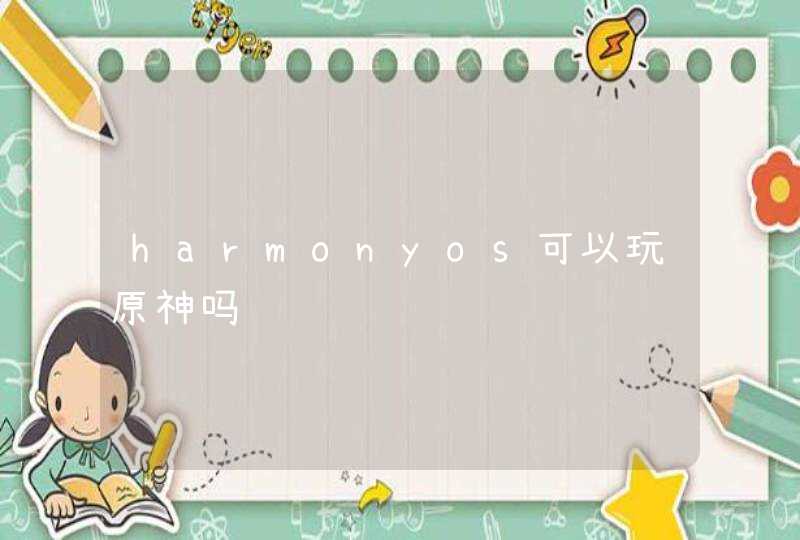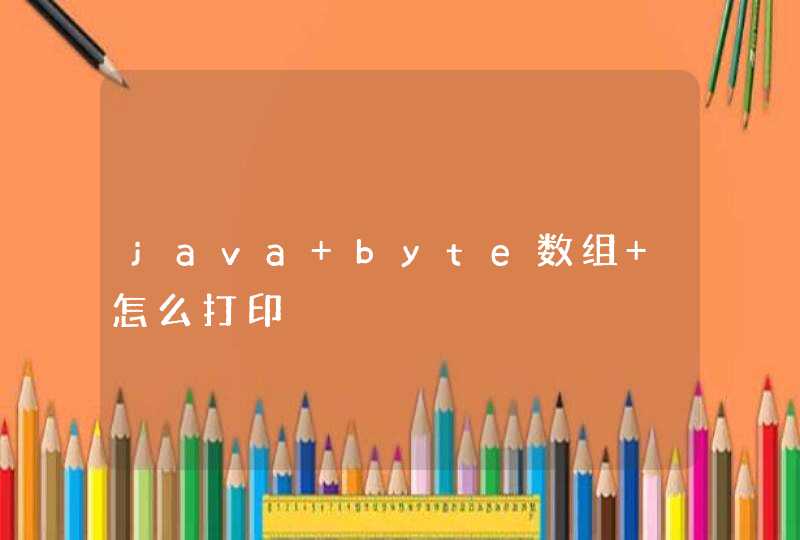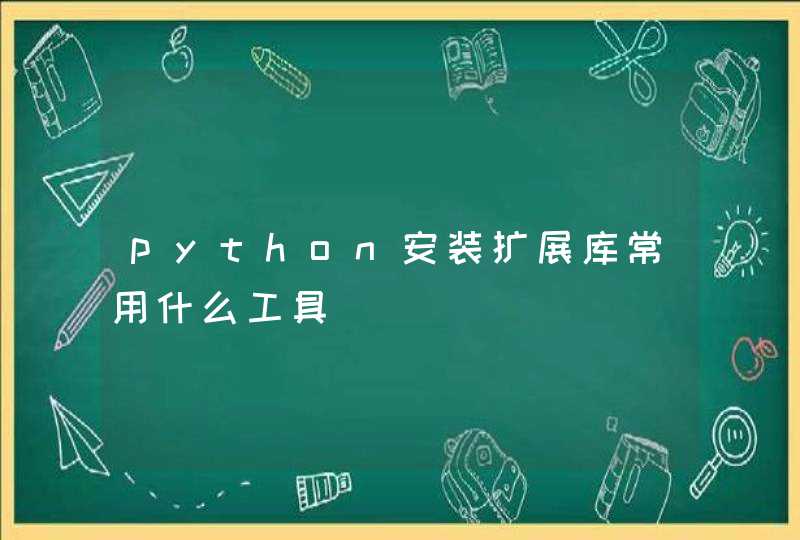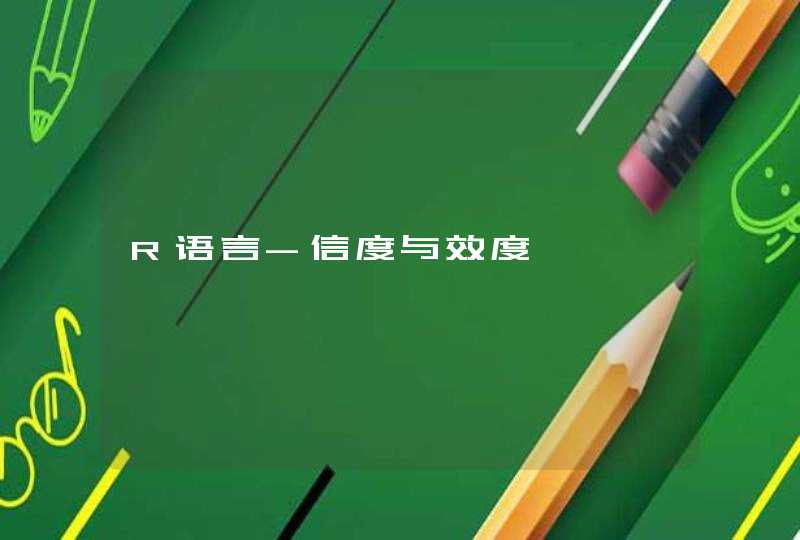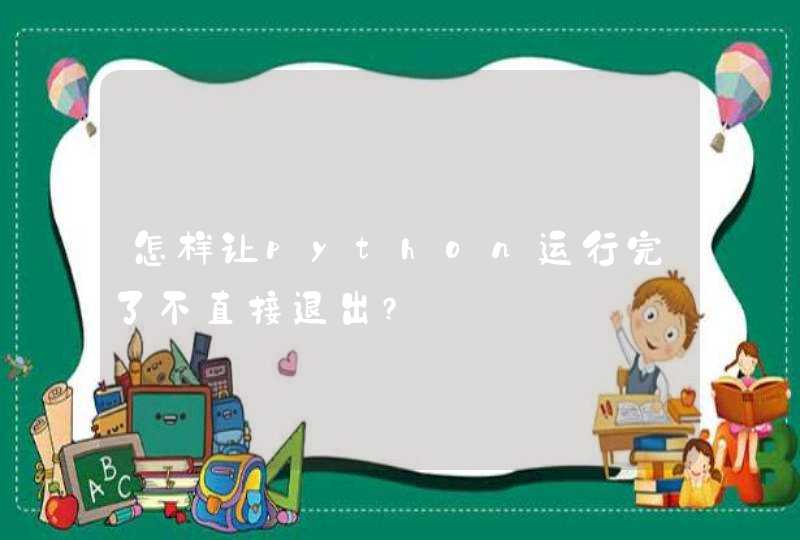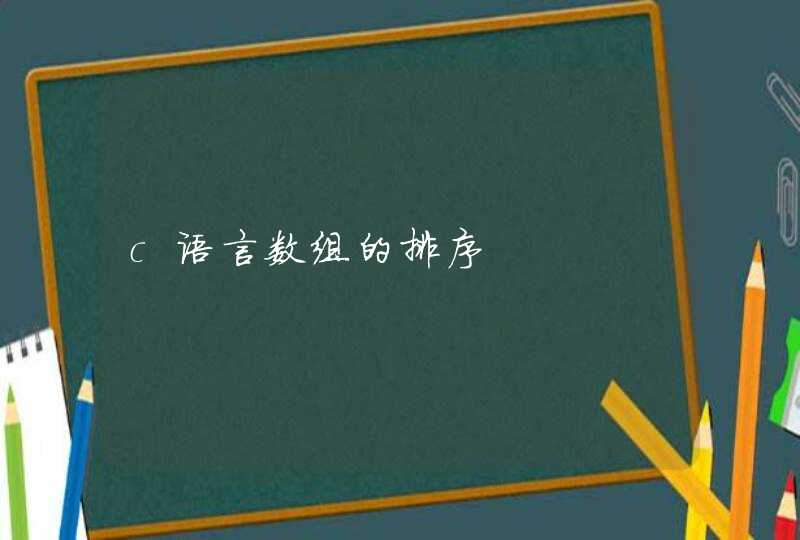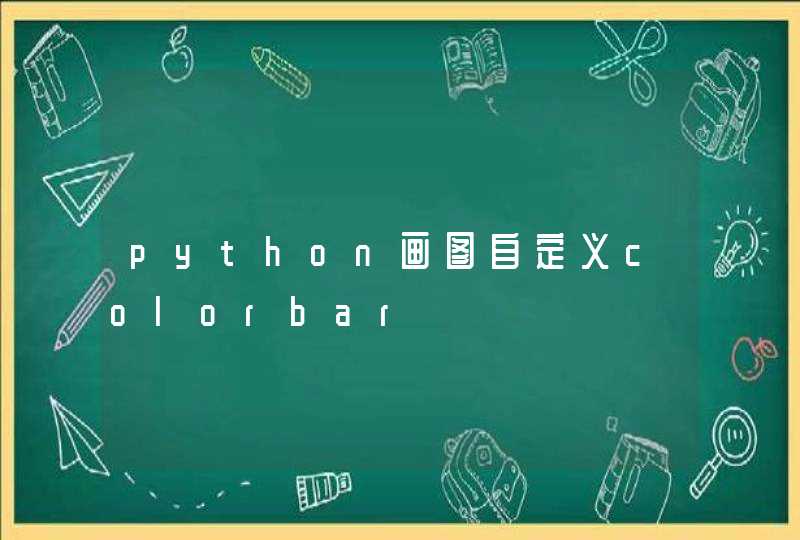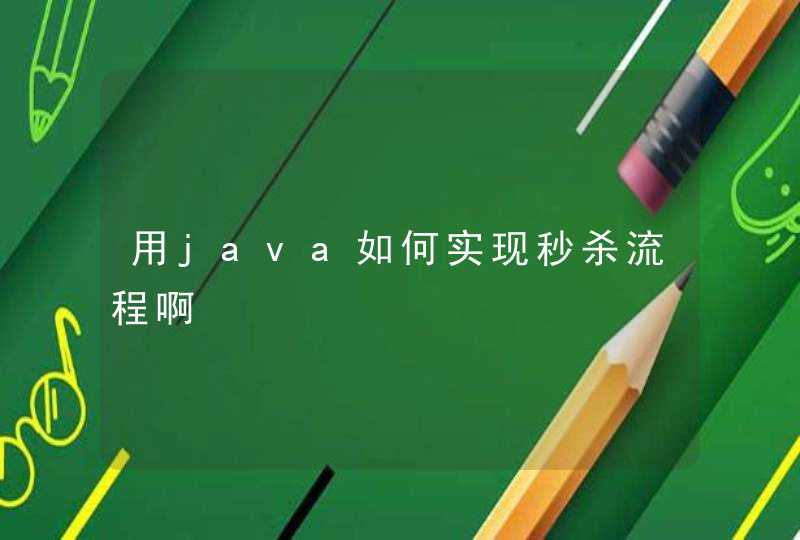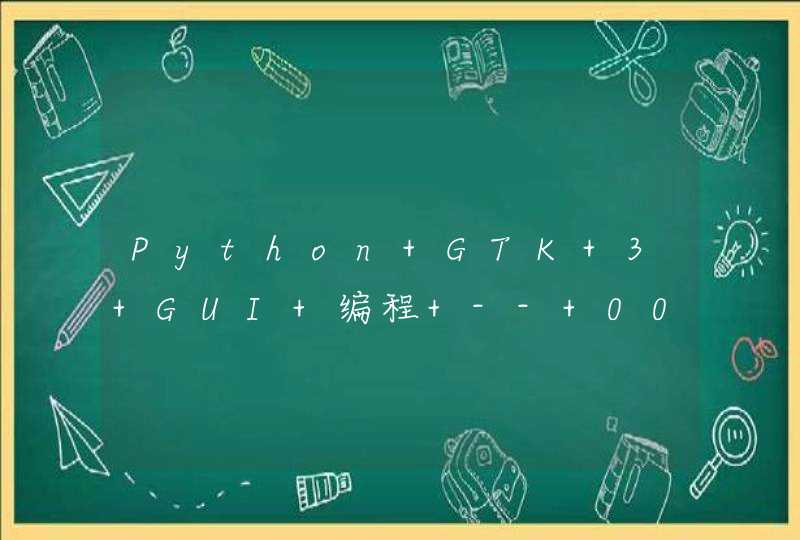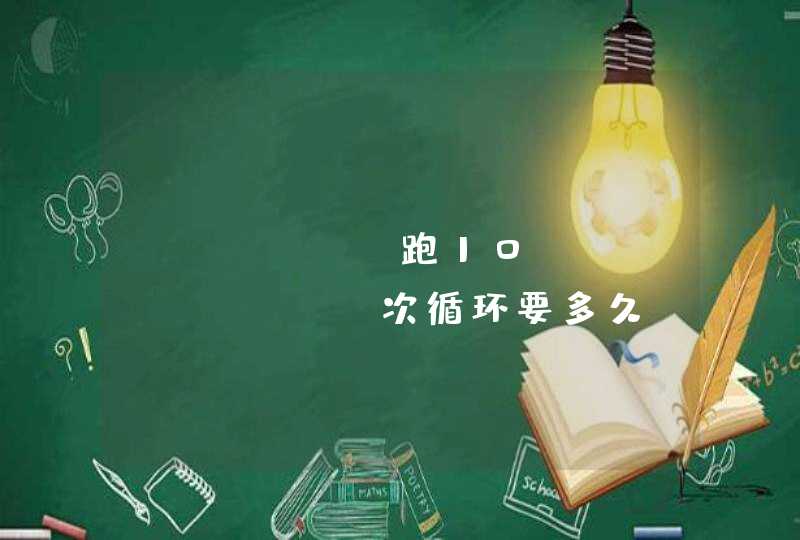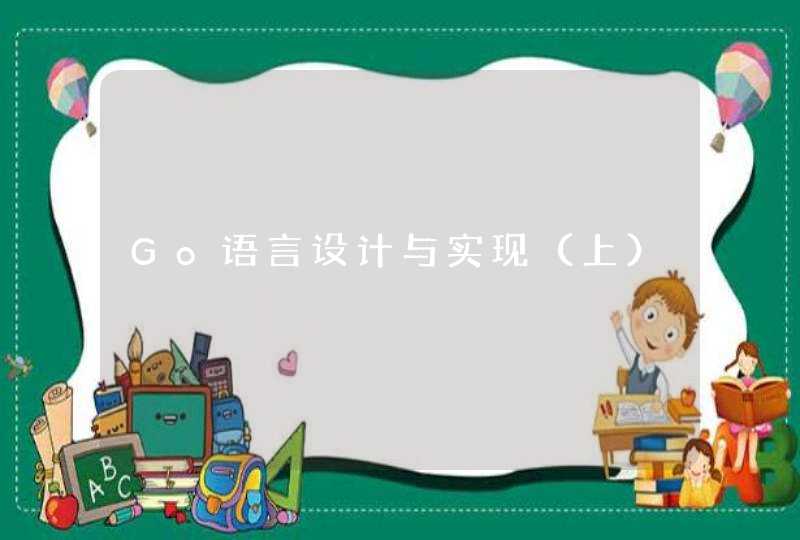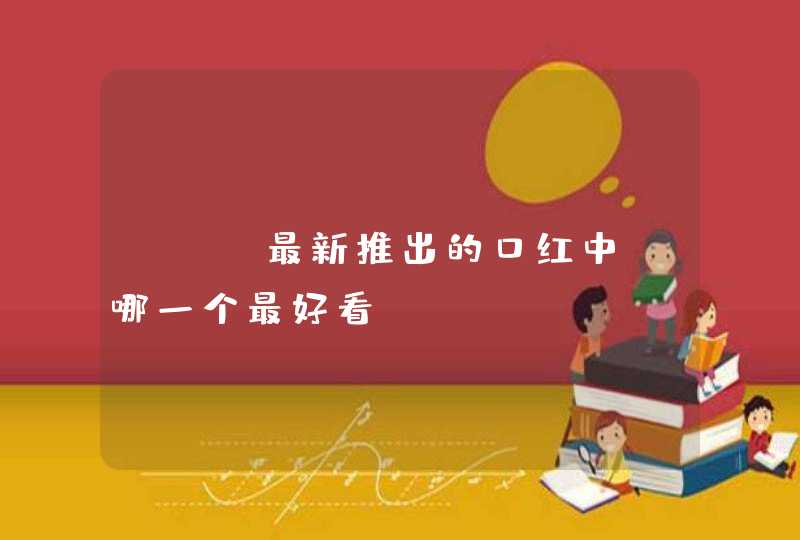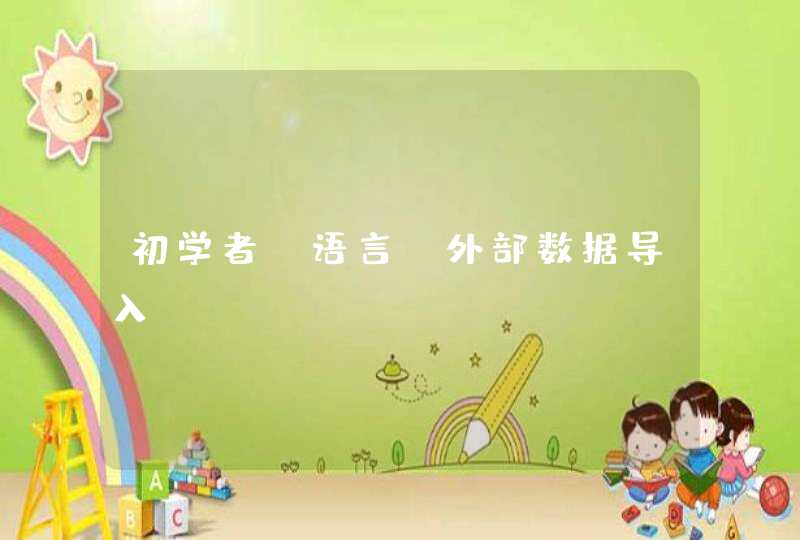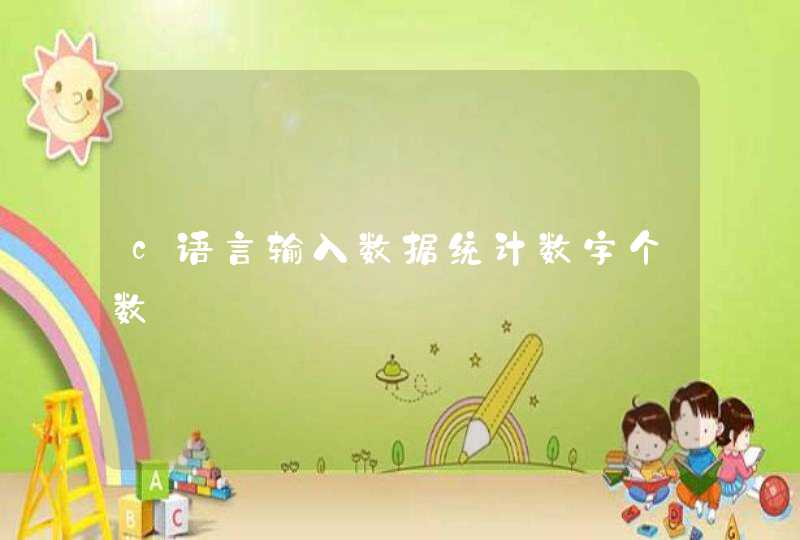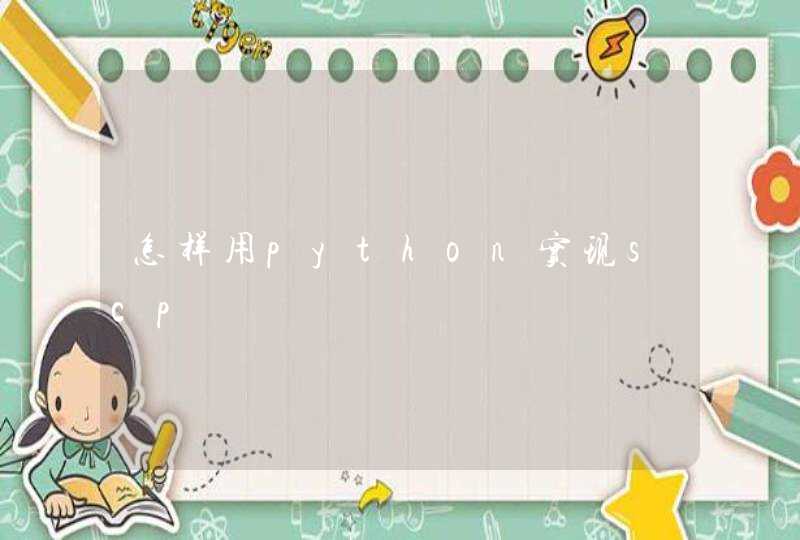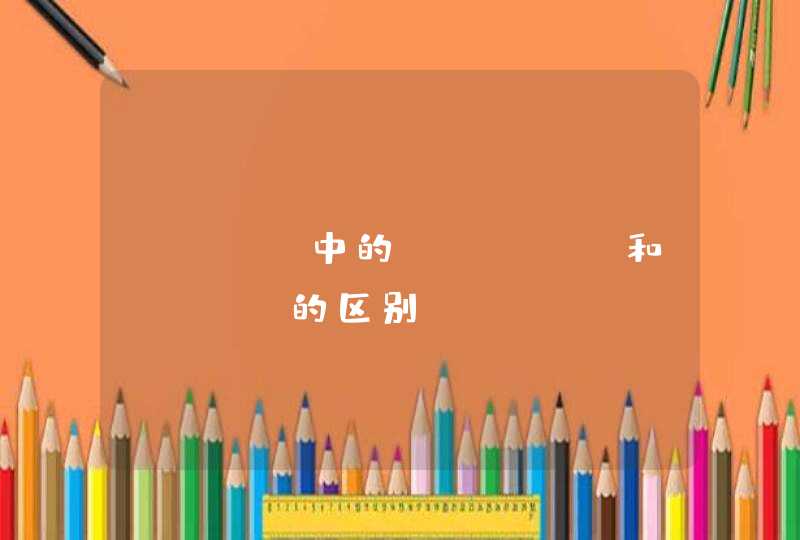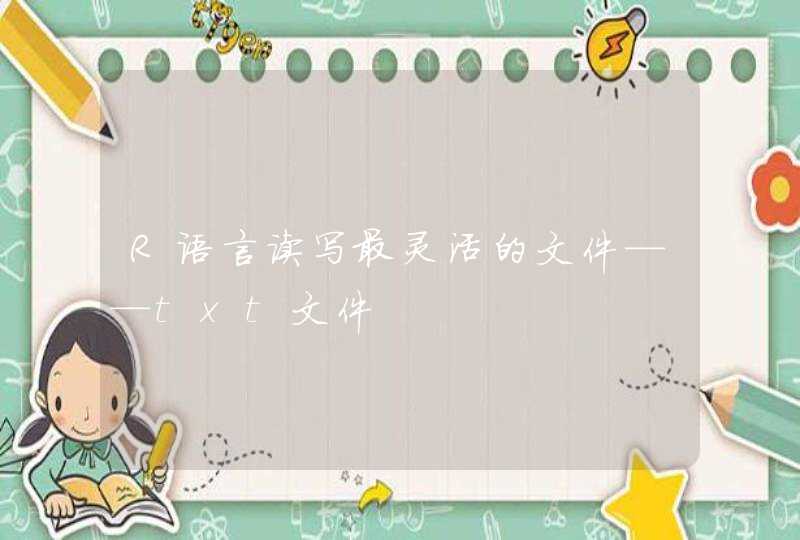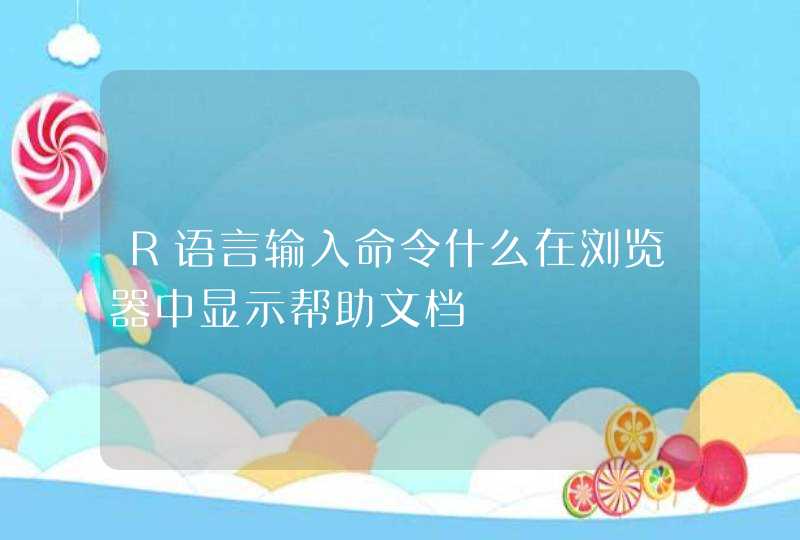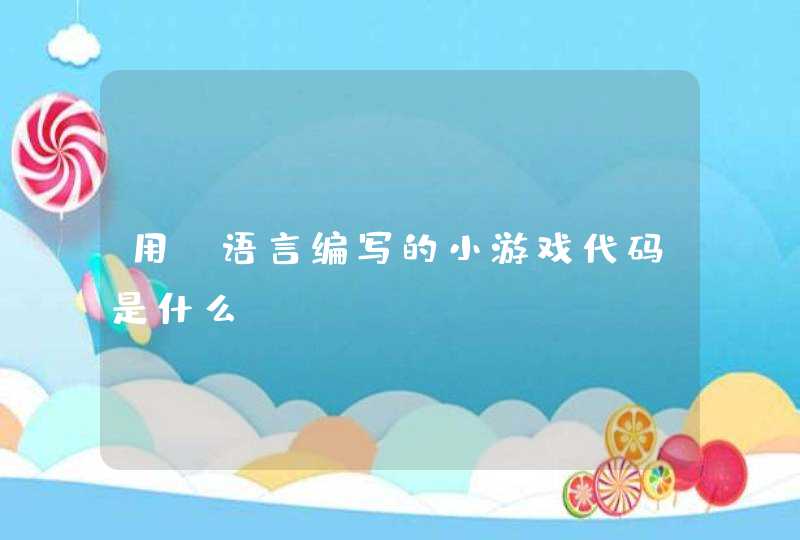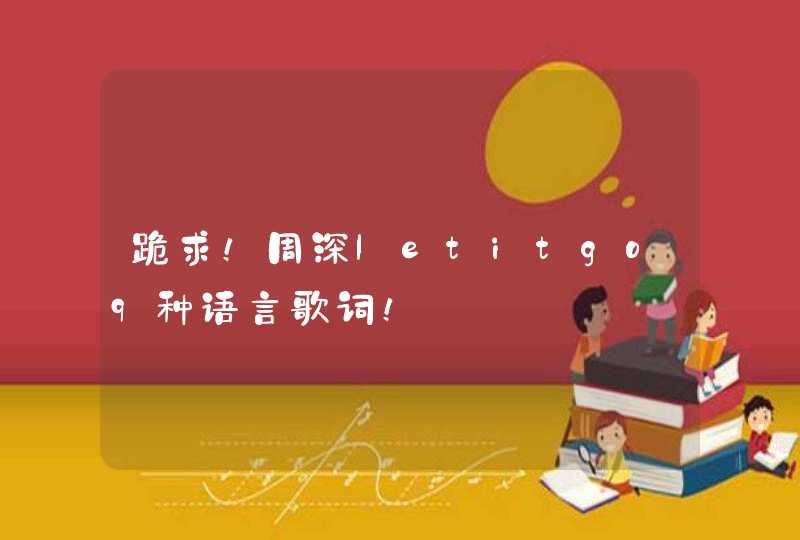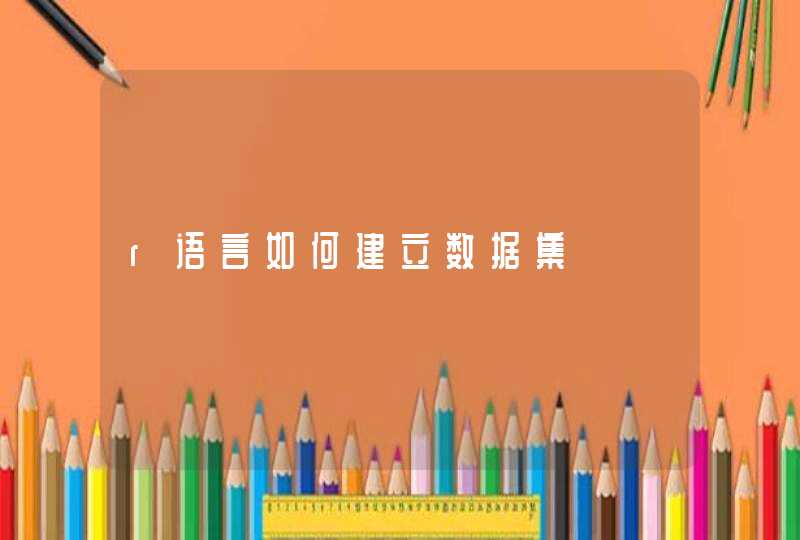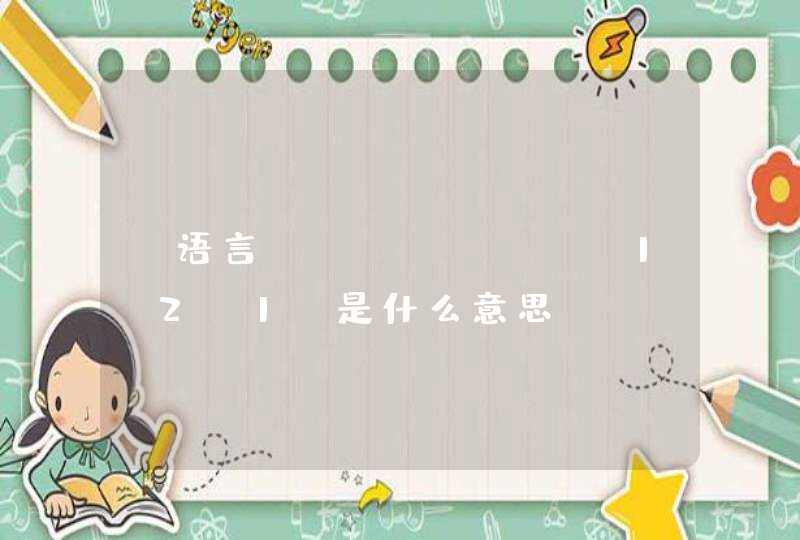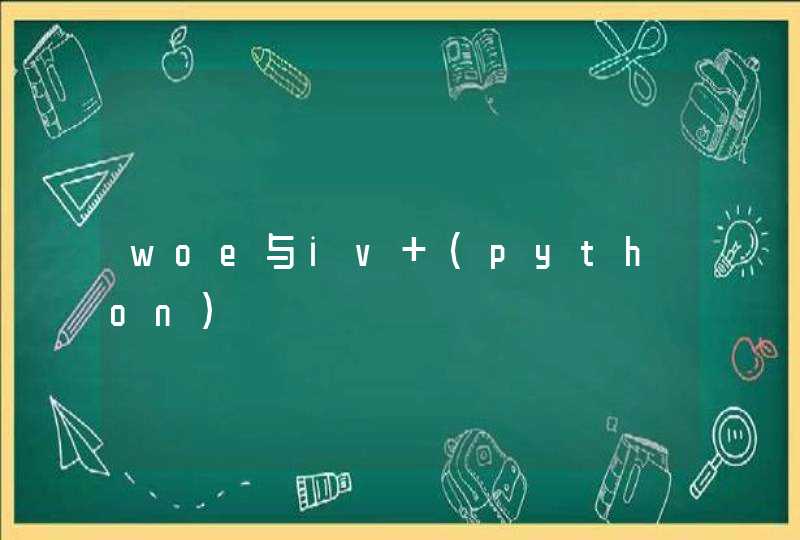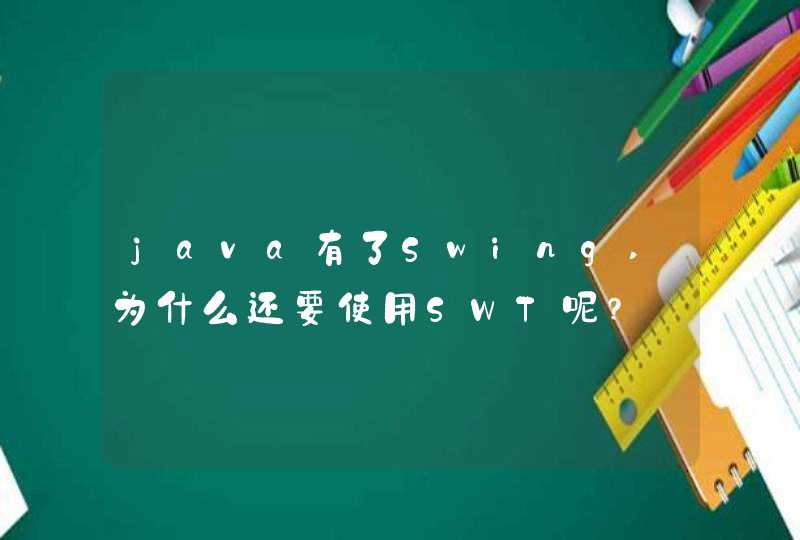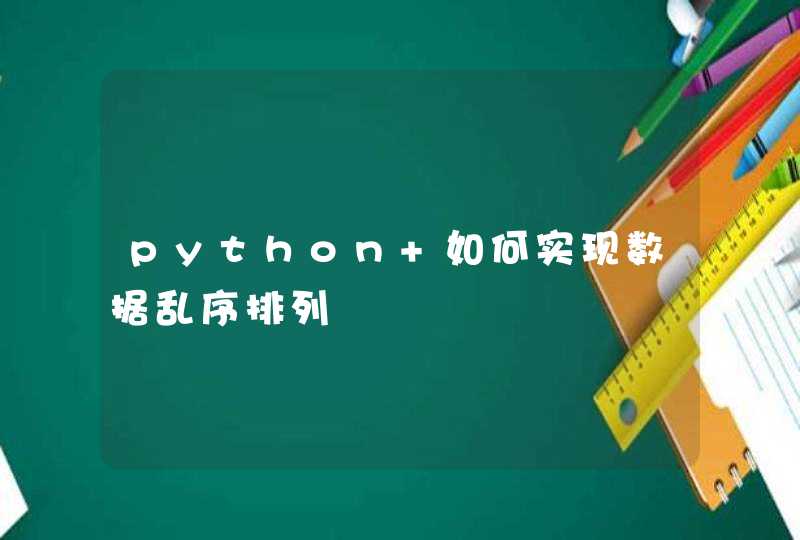
Contents
[hide]
* 1 Biography
o 1.1 Childhood
o 1.2 Youth
* 2 Career
o 2.1 Early works
o 2.2 Andersen's Fairy Tales
o 2.3 Travelogues
o 2.4 Meetings with Dickens
* 3 Sexual orientation
* 4 Death
* 5 Legacy
* 6 Fairy tales
* 7 Contemporary literary works inspired by Andersen's stories
* 8 See also
* 9 Bibliography
* 10 Notes
* 11 External links
[edit] Biography
[edit] Childhood
Hans Christian Andersen was born in Odense, Denmark, on Tuesday, April 2, 1805. Most English (as well as German and French) sources use the name "Hans Christian Andersen", but in Denmark and the rest of Scandinavia he is usually referred to as merely "H. C. Andersen." His name "Hans Christian" is a traditional Danish name and is used as a single name, though originally a combination of two individual names. It is incorrect to use only one of the two parts. It is an accepted custom in Denmark to use only the initials in this and a few other names.
Childhood home in Odense, Denmark.
Childhood home in Odense, Denmark.
Andersen's father apparently believed that he might be related to nobility, and according to scholars at the Hans Christian Andersen Center, his paternal grandmother told him that the family had once been in a higher social class. However, investigation proves these stories unfounded. The family apparently did have some connections to Danish royalty, but these were work-related. Nevertheless, the theory that Andersen was the illegitimate son of royalty persists in Denmark, bolstered by the fact that the Danish King took a personal interest in Andersen as a youth and paid for his education. The writer Rolf Dorset insists that not all options have been explored in determining Andersen's heritage.[2]
Andersen displayed great intelligence and imagination as a young boy, a trait fostered by the indulgence of his parents and by the superstition of his mother. He made himself a small toy-theatre and sat at home making clothes for his puppets, and reading all the plays that he could lay his hands uponamong them were those of Ludvig Holberg and William Shakespeare. Throughout his childhood, he had a passionate love for literature. He was known to memorize entire plays by Shakespeare and to recite them using his wooden dolls as actors. He was also a great lover of the art of banter, and assisted in initiating a society of like minded banterers amongst his friends.
[edit] Youth
Hans Christian Andersen in 1869.
Hans Christian Andersen in 1869.
In 1816, his father died and, in order to support himself, Andersen worked as an apprentice for both a weaver and a tailor. He later worked in a cigarette factory where his fellow workers humiliated him by betting on whether he was in fact a girl, pulling down his trousers to check. At the age of fourteen, Andersen moved to Copenhagen seeking employment as an actor in the theatre. He had a pleasant soprano voice and succeeded in being admitted to the Royal Danish Theatre. This career stopped short when his voice broke. A colleague at the theatre had referred to him as a poet, and Andersen took this very seriously and began to focus on writing.
Following an accidental meeting, Jonas Collin started taking an interest in the odd boy and sent Andersen to the grammar school in Slagelse, paying all his expenses.[3] He later stated that these years had been the darkest and most bitter parts of his life. He had experienced living in his schoolmaster's own home, being abused in order to "build his character", and he had been alienated from his fellow students, being much older than most of them, homely and unattractive. Furthermore, he was dyslexic, a very likely reason for his learning difficulties and he later said that the school faculty forbade or discouraged him to write. He would later learn to speak near fluent English, Dutch, and German, as well as the Scandinavian languages.
[edit] Career
[edit] Early works
In 1829, Andersen enjoyed a considerable success with a short story entitled "A Journey on Foot from Holmen's Canal to the East Point of Amager". During the same season, he published both a farce and a collection of poems. He had little further progress, however, until 1833 when he received a small traveling grant from the King, making the first of his long European journeys. At Le Locle, in the Jura, he wrote "Agnete and the Merman"and in October 1834 he arrived in Rome. Andersen's first novel, The Improvisatore, was published in the beginning of 1835, and became an instant success.
[edit] Andersen's Fairy Tales
Paper chimney sweep cut by Andersen.
Paper chimney sweep cut by Andersen.
It was during 1835 that Andersen published the first installment of his immortal Fairy Tales (Danish: Eventyr). More stories, completing the first volume, were published in 1836 and 1837. The quality of these stories was not immediately recognised, and they sold poorly. At the same time, Andersen enjoyed more success with two novels: O.T. (1836) and Only a Fiddler. His Specialty book that is still known today was the Ugly Duckling. (1837).
===Jeg er en Skandinav===
After a visit to Sweden in 1837, Andersen became inspired by Scandinavism and committed himself to writing a poem to convey his feeling of relatedness between the Swedes, the Danes and the Norwegians.[4] It was in July 1839 during a visit to the island of Funen that Andersen first wrote the text of his poem Jeg er en Skandinav (I am a Scandinavian).[4] Andersen designed the poem random to capture "the beauty of the Nordic spirit, the way the three sister nations have gradually grown together" as part of a Scandinavian national anthem.[4] Composer Otto Lindblad set the poem to music and the composition was published in January 1840. Its popularity peaked in 1845, after which it was seldom sung.[4]. Hans Christian Anderson died in August 4, 1875.
[edit] Travelogues
In 1851, he published to wide acclaim In Sweden, a volume of travel sketches. A keen traveller, Andersen published several other long travelogues: Shadow Pictures of a Journey to the Harz, Swiss Saxony, etc. etc. in the Summer of 1831 (A Poet's Bazaar (560), In Spain , and A Visit to Portugal in 1866 (The latter describes his visit with his Portuguese friends Jorge and Jose O'Neill, who were his fellows in the mid 1820s while living in Copenhagen.) In his travelogues, Andersen took heed of some of the contemporary conventions about travel writingbut always developed the genre to suit his own purposes. Each of his travelogues combines documentary and descriptive accounts of the sights he saw with more philosophical excurses on topics such as being an author, immortality, and the nature of fiction in the literary travel report. Some of the travelogues, such as In Sweden, even contain fairy-tales.
In the 1840s Andersen's attention returned to the stage, however with no great success at all. His true genius was however proved in the miscellany the Picture-Book without Pictures (1840). The fame of his Fairy Tales had grown steadilya second series began in 1838 and a third in 1845. Andersen was now celebrated throughout Europe, although his native Denmark still showed some resistance to his pretensions.
[edit] Meetings with Dickens
In June 1847, Andersen paid his first visit to England and enjoyed a triumphal social success during the summer. The Countess of Blessington invited him to her parties where intellectual and famous people could meet, and it was at one party that he met Charles Dickens for the first time. They shook hands and walked to the veranda which was of much joy to Andersen. He wrote in his diary "We had come to the veranda, I was so happy to see and speak to England's now living writer, whom I love the most."[5]
Ten years later, Andersen visited England, primarily to visit Dickens. He stayed at Dickens' home for five weeks, oblivious to Dickens' increasingly blatant hints for him to leave. Dickens' daughter said of Andersen, "He was a bony bore, and stayed on and on."[5] Shortly after Andersen left, Dickens published David Copperfield, featuring the obsequious Uriah Heep, who is said to have been modeled on Andersen. Andersen quite enjoyed the visit, and never understood why Dickens stopped answering his letters.
[edit] Sexual orientation
Andersen's sexual orientation is a matter of controversy in academic circles.[6] The discussion began in 1901 with the article "Hans Christian Andersen: Evidence of his Homosexuality" by Carl Albert Hansen Fahlberg (using the pseudonym Albert Hansenin) in Magnus Hirschfeld's publication Jahrbuch für sexuelle Zwischenstufe (Yearbook on Sexual Ambiguity). Biographies usually portray him as either homosexual or bisexual.
Many of his stories are interpreted as references to his sexual grief. One of these stories is "The Nightingale", a tribute to "Swedish Nightingale" Jenny Lind, a famous opera singer with whom Andersen was in love. Her feelings towards him were not mutualshe saw him as a brother at most.[7] The heroine of his tale "The Little Mermaid" sacrifices her own life for that of her unattainable prince. Some biographers think this story exemplifies Andersen's love for the young Edvard Collin,[8] to whom he wrote: "I languish for you as for a pretty Calabrian wench... my sentiments for you are those of a woman. The femininity of my nature and our friendship must remain a mystery." Collin, who did not prefer men, wrote in his own memoir: "I found myself unable to respond to this love, and this caused the author much suffering." Likewise, the infatuations of the author for the Danish dancer Harald Scharff[9] and Carl Alexander, the young hereditary duke of Saxe-Weimar-Eisenach,[10] did not result in notable partnerships. Four of his letters to Carl are edited in the anthology by Rictor Norton. In Andersen's early life, his private journal records his refusal to have sexual relations and his release through masturbation. [11][12]
[edit] Death
Statue of Andersen in Copenhagen.
Statue of Andersen in Copenhagen.
In the spring of 1872, Andersen fell out of bed and was severely hurt. He never quite recovered, but he lived until August 4, 1875, dying painfully in a house called Rolighed (literally: calmness), near Copenhagen, the home of his close friends Moritz Melchior and wife, a banker.[13] Shortly before his death, he had consulted a composer about the music for his funeral, saying: "Most of the people who will walk after me will be children, so make the beat keep time with little steps."[13] His body was interred in the Assistens Kirkegård in the Nørrebro area of Copenhagen. At the time of his death, he was an internationally renowned and treasured artist. He received a stipend from the Danish Government as a "national treasure". Before his death, steps were already underway to erect the large statue in his honour, which was completed and is prominently placed in Copenhagen. [1]
Hans Christian Andersen Statue-Copenhagen Hans Christian Andersen Statue-Central Park NYC
The critic Georg Brandes had questioned Andersen about whether he would write his autobiography. He claimed that it had already been written — "The Ugly Duckling". [1]
[edit] Legacy
In the English-speaking world, stories such as "Thumbelina", "The Snow Queen", "The Ugly Duckling", "The Little Mermaid", "The Emperor's New Clothes", and "The Princess and the Pea" remain popular and are widely read. "The emperor's new clothes" and "ugly duckling" have both passed into the English language as well-known expressions.
Puppet Theatre of Hans Christian Andersen in Lublin (Poland) - old entrance gate
Puppet Theatre of Hans Christian Andersen in Lublin (Poland) - old entrance gate
In the Copenhagen harbor there is a statue of The Little Mermaid, placed in honor of Hans Christian Andersen. 2 April, Andersen's birthday, is celebrated as International Children's Book Day.
The year 2005 was the bicentenary of Andersen's birth and his life and work was celebrated around the world. In Denmark, particularly, the nation's most famous son has been feted like no other literary figure.[citation needed][dubious – discuss]
In the city of Lublin, Poland is the Puppet Theatre of Hans Christian Andersen.[citation needed]
A $12.5 million theme park based on Andersen's tales and life opened in Shanghai at the end of 2006. Multi-media games as well as all kinds of cultural contests related to the fairytales are available to visitors. He was chosen as the star of the park because he is a "nice, hardworking person who was not afraid of poverty", Shanghai Gujin Investment general manager Zhai Shiqiang was quoted by the AFP news agency as saying. (BBC Asia-Pacific 8/11/06)[citation needed][dubious – discuss]
[edit] Fairy tales
Some of his most famous fairy tales include:
* The Angel (1843) [1]
* The Bell (1845) [2]
* The Emperor's New Clothes (1837) [3]
* The Fir Tree (1844) [4]
* The Happy Family (1847) [5]
* It's Quite True! (1852) [6]
* The Little Match Girl (1848) [7]
* The Little Mermaid (1836) [8]
* Little Tuck (1847) [9]
* The Nightingale (1844) [10]
* The Old House (1847) [11]
* Ole-Lukøie (1841)[12]
* The Princess and the Pea (1835also known as The Real Princess) [13]
* The Red Shoes (1845) [14]
* The Shadow (1847) [15]
* The Shepherdess and the Chimney Sweep (1845)
* The Snow Queen (1845) [16]
* The Steadfast Tin Soldier (1838) [17]
* The Story of a Mother (1847) [18]
* The Swineherd (1841) [19]
* Thumbelina (1835) [20]
* The Tinder Box (1835) [21]
* The Ugly Duckling (1844) [22]
* The Wild Swans (1838) [23]
[edit] Contemporary literary works inspired by Andersen's stories
* The Girl Who Trod on a Loaf by Kathryn Davis: a contemporary novel about fairy tales and opera
* The Snow Queen by Joan Vinge: an award-winning novel that reworks the Snow Queen's themes into epic science fiction
* The Nightingale by Kara Dalkey: a lyrical adult fantasy novel set in the courts of old Japan
* The Wild Swans by Peg Kerr: a novel that brings Andersen's fairy tale to colonial and modern America
* Daughter of the Forest by Juliet Marillier: a romantic fantasy novel, set in early Ireland, thematically linked to "The Wild Swans"
* The Snow Queen by Eileen Kernaghan: a gentle Young Adult fantasy novel that brings out the tale's subtle pagan and shamanic elements
* "The Snow Queen", a short story by Patricia A. McKillip (published in Snow White, Blood Red)
* "You, Little Match Girl", a short story by Joyce Carol Oates (published in Black Heart, Ivory Bones)
* "Sparks", a short story by Gregory Frost (based on The Tinder Box, published in Black Swan, White Raven)
* "Steadfast", a short story by Nancy Kress (based on The Steadfast Tin Soldier, published in Black Swan, White Raven)
* "The Sea Hag", a short story by Melissa Lee Shaw (based on The Little Mermaid, published in Silver Birch, Blood Moon)
* "The Real Princess", a short story by Susan Palwick (based on The Princess and the Pea, published in Ruby Slippers, Golden Tears)
* "Match Girl", a short story by Anne Bishop (published in Ruby Slippers, Golden Tears)
* "The Pangs of Love", a short story by Jane Gardam (based on The Little Mermaid, published in Close Company: Stories of Mothers and Daughters)
* "The Chrysanthemum Robe", a short story by Kara Dalkey (based on The Emperor's New Clothes, published in The Armless Maiden)
* "The Steadfast Tin Soldier", a short story by Joan Vinge (published in Women of Wonder)
* "In the Witch's Garden", a short story by Naomi Kritzer (based on The Snow Queen, published in Realms of Fantasy magazine, October 2002 issue)
* "The Last Poems About the Snow Queen", a poem cycle by Sandra Gilbert (published in Blood Pressure)
* The Little Mermaid (2005) for children's chorus, narrator, orchestra by Richard Mills
* "La petite marchande d'allumettes", film by Jean Renoir (1928)[14]
* "The Andersen Project" by Robert Lepage: Freely inspired from two stories by Andersen (The Dryad and The Shadow).
* "The Little Mermaid (1989 movie) (Walt Disney Pictures)Based of the original story.
* The Little Match Girl (2006 short) With the DVD Release of The Little Mermaid (Walt Disney Pictures)Based of the original story.
1、 道具金手指只能通过修改在商店里购买的物品来获得道具,修改方法如下:
在道吉镇的商店买物品,选好购买数量后,等服务员问你是否要买下道具时,不要急着按A,先输入下面这条金手指:
03005B72:XX
XX是物品的代码(见下表),输入后买下道具,之后删除金手指就可以了。
道具列表
球
0001 大师球
0002 超力怪兽球
0003 超级球(比怪兽球更厉害些)
0004 怪兽球(普通的球)
0005 砂狐球(砂狐乐园专用球)
0006 触网球(容易抓水和虫类的怪兽)
0007 大布斯球(容易抓海底的怪兽)
0008 尼斯道球(怪兽越弱越容易抓)
0009 利比道球(容易抓抓过的球)
000a 达伊玛球(回合数越长越容易抓)
000b 高基石球(抓到的怪兽变亲密)
000c 布雷密球(珍惜怪兽球)
道具
000d 伤药(体力恢复20)
000e 解毒药(恢复毒状态)
000f 烧伤恢复(恢复烧伤状态)
0010 解冻药(恢复冻状态)
0011 清醒药(恢复沉睡状态)
0012 麻痹恢复(恢复麻痹状态)
0013 恢复药(全恢复体力与所有状态)
0014 慢谈药(体力全恢复)
0015 伤药(体力恢复200)
0016 好伤药(体力恢复50)
0017 万能恢复(全部恢复)
0018 精神片(死亡恢复体力一半)
0019 精神草(死亡全恢复体力)
001a 美味水(恢复体力50)
001b 精神汽水(恢复体力60)
001c 米力液(恢复体力80)
001d 木木奶(恢复体力100)
001e 力量粉(恢复体力50,很苦粉,减底怪兽亲密度)
001f 力量根(恢复体力200,很苦根,减底怪兽亲密度)
0020 万能粉(全恢复状态,非常苦的粉,大大减低与怪兽的亲密度)
0021 复活草(死亡复活,很苦的草)
0022 pp艾依(1种技能值恢复10)
0023 pp力卡(1种技能值全恢复)
0024 ????????(?????)
0025 pp最大(1只怪兽的全部技能值全恢复)
0026 飞音饼(恢复全部异常状态)
0027 蓝玻璃(恢复沉睡状态,可用无限次)
0028 黄玻璃(恢复混乱状态,可用无限次)
0029 红玻璃(恢复颓废状态,可用无限次)
002a 黑玻璃(不遇野生怪兽)
002b 白玻璃(容易遇野生怪兽)
002c 树果汁(恢复体力20)
002d 圣是(死亡恢复全部体力,异常状态恢复)
002e 浅水盐(看看洞用的道具)
002f 浅水贝(看看洞用的道具)
0030 红碎片(换进化石的道具)
0031 蓝碎片(换进化石的道具)
0032 黄碎片(换进化石的道具)
0033 绿碎片(换进化石的道具)
0034—03e ????????(?????)
003f 最大上升(体力基础值提高)
0040 赞美语(攻击基础值提高)
0041 落海夫(防御基础值提高)
0042 因得西(敏捷基础值提高)
0043 立麦森(特攻基础值提高)
0044 奇异甜食(怪兽升1级)
0045 值上升(技能值的最大值上升)
0046 极道山果(德望基础值提高)
0047 值最大(技能值提高到最大)
0048 ?????????(?????)
0049 效果卡(战斗中…能避开对方的攻击,用于装备)
004a 清洗物(战斗中…容易命中要害,用于装备)
004b 布拉斯力量(战斗中…攻击力上升,用于装备)
004c 力道(战斗中…防御力上升,用于装备)
004d 敏捷力(战斗中…敏捷上升,用于装备)
004e 纪念打(战斗中…技能容易命中)
004f 特别上升(战斗中…特攻的威力上升,用于装备)
0050 皮皮木偶(在战斗中逃脱)
0051 小松鼠尾(在战斗中逃脱)
0052—05c ????????(?????)
005d 太阳石(让独特的怪兽进化)
005e 月亮石(让独特的怪兽进化)
005f 火焰石(让独特的怪兽进化)
0060 雷电石(让独特的怪兽进化)
0061 水石(让独特的怪兽进化)
0062 珊瑚石(让独特的怪兽进化)
0063—066 ????????(?????)
0067 小的树果(普通的树果容易成熟)
0068 大的树果(珍贵的树果难成熟)
0069 ????????(?????)
006a 珍珠(美丽的珍珠容易成熟)
006b 大珍珠(很美丽的大珍珠难成熟)
006c 星沙(美丽的红色的沙子)
006d 星星碎片(美丽的红宝石碎片)
006e 金珠(金星)
006f 心灵碎片(可以恢复忘却的技能)
0070—078 ????????(?????)
0079 彩色邮件(针鼠模样的信件)
007a 哈伯邮件(海鸥模样的信件)
007b 闪光邮件(皮卡丘模样的信件)
007c 机械邮件(小磁怪模样的信件)
007d 鸟烟邮件(食叶兽模样的信件)
007e 十字邮件(皮皮鲸模样的信件)
007f 珍贵邮件(有持有怪兽模样的信件)
0080 阴影邮件(钻墙怪模样的信件)
0081 热带邮件(美丽花模样的信件)
0082 花边邮件(有持有怪兽模样的信件)
0083 神奇邮件(豪华的信件)
0084 怀旧邮件(3只怪兽的信件)
战斗用道具
00b3 光粉(降低对手命中率)
00b4 白色海石花(下降能力复原)
00b5 竞争背心(携带后战斗只速度变为原来的1/2,战斗结束后得到的努力值翻倍)
00b6 学习装置(持有的怪兽得到经验值)
00b7 老师指甲(偶尔能先发出攻击)
00b8 安闲玲(持有的怪兽变亲密)
00b9 精神海石花(持有的怪兽恢复颓废状态)
00ba 守日器(攻击的威力提高)
00bb 王者之证(有时能让对手沉睡)
00bc 银粉(虫类技能的威力上升)
00bd 守卫饭(持有的怪兽参战能得到2倍金钱)
00be 清符(难以与野生怪兽)
00bf 心珠(特攻和德望上升,限于雄奇怪和木皮怪)
00c0 进化牙(特攻上升パ—ルル<柏鲁蚌>携带后特攻提升至2倍,携带后通讯进化道具)
00c1 进化鳞片(德望上升パ—ルル<柏鲁蚌>携带后特防提升至2倍,携带后通讯进化道具)
00c2 烟珠(遇到野生的怪兽能逃脱)
00c3 不变石(持有的怪兽不会进化)
00c4 精神器(偶尔能防御)
00c5 幸福怪兽蛋(怪兽经验值更容易上升)
00c6 焦点镜(容易命中要害)
00c7 杯衣(钢类技能威力上升)
00c8 余物(体力能在战斗间慢慢恢复)
00c9 龙鳞(飞龙类怪兽持有的奇异鳞片)
00ca 电珠(特攻上升,限于皮卡丘)
00cb 软沙(地面类技能的威力上升)
00cc 坚硬石头(岩石类技能的威力上升)
00cd 奇迹种(草类技能的威力上升)
00ce 黑色眼镜(恶类技能的威力上升)
00cf 黑带(格斗类技能的威力上升)
00d0 磁铁(电类技能的威力上升)
00d1 神秘水珠(水类技能的威力上升)
00d2 尖嘴(飞行类技能的威力上升)
00d3 毒针(毒类技能的威力上升)
00d4 不化冰(冰冻技能的威力上升)
00d5 诅咒符(幽灵类技能的威力上升)
00d6 银勺(超能技能的威力上升)
00d7 木炭(火焰类技能的威力上升)
00d8 龙牙(飞龙类技能的威力上升)
00d9 西库头巾(正常类技能的威力上升)
00da 上升叶片(奇异箱子,收集用)
00db 空贝(对敌人损伤时体力会恢复)
00dc 潮物(水属性攻击技能威力提升1.05倍,水属性攻击技能对自身伤害也会被除以1.05;マリル(水鼠)、マリルリ(大水鼠)携带后生蛋得ルリリ(水鼠宝宝)
00dd 气物(对方技能命中率下降至0.95倍,ソーナンス(果然翁)携带后生蛋得ソーナノ(快乐兽)
00de 吉利蛋钳(容易命中要害,限于吉利蛋)
00df 木物(防御力上升,限于百变怪)
招式机器01:0121
招式机器02:0122
招式机器03:0123
招式机器04:0124
招式机器05:0125
招式机器06:0126
招式机器07:0127
招式机器08:0128
招式机器09:0129
招式机器10:012A
招式机器11:012B
招式机器12:012C
招式机器13:012D
招式机器14:012E
招式机器15:012F
招式机器16:0130
招式机器17:0131
招式机器18:0132
招式机器19:0133
招式机器20:0134
招式机器21:0135
招式机器22:0136
招式机器23:0137
招式机器24:0138
招式机器25:0139
招式机器26:013A
招式机器27:013B
招式机器28:013C
招式机器29:013D
招式机器30:013E
招式机器31:013F
招式机器32:0140
招式机器33:0141
招式机器34:0142
招式机器35:0143
招式机器36:0144
招式机器37:0145
招式机器38:0146
招式机器39:0147
招式机器40:0148
招式机器41:0149
招式机器42:014A
招式机器43:014B
招式机器44:014C
招式机器45:014D
招式机器46:014E
招式机器47:014F
招式机器48:0150
招式机器49:0151
招式机器50:0152
0153 秘传机01
0154 秘传机02
0155 秘传机03
0156 秘传机04
0157 秘传机05
0158 秘传机06
0159 秘传机07
015A 秘传机08
0085 树果01
0086 树果02
0087 树果03
0088 树果04
0089 树果05
008A 树果06
008B 树果07
008C 树果08
008D 树果09
008E 树果10
008F 树果11
0090 树果12
0091 树果13
0092 树果14
0093 树果15
0094 树果16
0095 树果17
0096 树果18
0097 树果19
0098 树果20
0099 树果21
009A 树果22
009B 树果23
009C 树果24
009D 树果25
009E 树果26
009F 树果27
00A0 树果28
00A1 树果29
00A2 树果30
00A3 树果31
00A4 树果32
00A5 树果33
00A6 树果34
00A7 树果35
00A8 树果36
00A9 树果37
00AA 树果38
00AB 树果39
00AC 树果40
00AD 树果41
00AE 树果42
00AF 树果43
00FE 红手巾
00FF 篮手巾
0100 粉手巾
0101 绿手巾
0102 黄手巾
0103 风马自行车
0104 硬币盒子
0105 探宝器
0106 普通钓竿
0107 好钓竿
0108 超级钓竿
0109 船票
010A 比赛通行证
010C 皮皮鲸喷壶
010D 天力行李
010E 背包
010F 地下钥匙
0110 沙道自行车
0111 怪兽盒
0112 代后的信
0113 梦幻票
0114 红色玉石
9115 蓝色玉石
0116 探知器
0117 沙道眼睛
0118 陨石
0119 1室钥匙
011A 2室钥匙
011B 4室钥匙
011C 6室钥匙
011D 仓库钥匙
011E 木根化石
011F 指甲化石
0120 デボァスコ-ド
015D 邮包
015E 怪兽笛子
015F 火焰道馆钥匙
0160 自行车兑换卷
0161 假牙
0162 琥珀
0163 黄金室大楼钥匙
0164 火箭队钥匙
0165 菊石兽化石
0166 化石盔化石
0167 照妖眼镜
0168 自行车
0169 城市地图
016A 声音探测器?
016B 电话机?
016C 技能盒子
016D 树果袋子
016E 电视机
016F 1、2、3岛道船票
0170 彩虹船票?
0171 茶
0172 紫色的票?
0173 水底的票?
0174 收集瓶?(深蓝市老头家得到换东西的)
0175 红宝石
0176 蓝宝石
0177 新加入的物品
0178 新加入的物品
2、对战用的金手指
首位PM的能力值达到上限:
HP:020241E6:03E7
HP上限:020241E8:03E7
攻击:020241EA:03e7
防御:020241EC:03e7
敏捷:020241F2:03e7
特攻:020241EE:03e7
特防:020241F0:03e7
首位PM的等级:
020241E4:XX
XX为等级,16进制
对方PM能力达到上限:
HP:0202443E:03E7
HP上限:02024440:03E7
攻击:02024442:03e7
防御:02024444:03e7
特攻:02024446:03e7
特防:02024448:03e7
敏捷:0202444A:03e7
等级:0202443C:XX(XX为等级,16进制)
空间转换金手指
3、空间传送金手指
输入金手指后,随便进一个房间,就会转到要去的地方。去到那里后要立即删除金手指。
101号路 02031F84:1000
102 02031F84:1100
103 02031F84:1200
104水道 02031F84:1300
105水道 02031F84:1400
106水道 02031F84:1500
107水道 02031F84:1600
108水道 02031F84:1700
109水道 02031F84:1800
110道路 02031F84:1900
111道路 02031F84:1A00
112道路 02031F84:1B00
113道路 02031F84:1C00
114道路 02031F84:1D00
115道路 02031F84:1E00
116道路 02031F84:1F00
117道路 02031F84:2000
118道路 02031F84:2100
119道路 02031F84:2200
120道路 02031F84:2300
121道路 02031F84:2400
122水道 02031F84:2500
123道路 02031F84:2600
124水道 02031F84:2700
125水道 02031F84:2800
126水道 02031F84:2900
127水道 02031F84:2A00
128水道 02031F84:2B00
129水道 02031F84:2C00
130水道 02031F84:2D00
131水道 02031F84:2E00
132水道 02031F84:2F00
133水道 02031F84:3000
134水道 02031F84:3100
你家的那个小镇:02031F84:0001
101路上方的小镇:02031F84:0002
格斗系道观小镇:02031F84:0003
火系道观小镇:02031F84:0004
火山灰道观小镇:02031F84:0005
117路左边小镇:02031F84:0006
幻岛小镇:02031F84:0007
普通系道观小镇:02031F84:0008/02031F84:0000
海滩上方小镇:02031F84:0100
电系道观小镇:02031F84:000A
石系道观小镇:02031F84:000B
飞行系道观小镇:02031F84:000C
驻守区旁小镇:02031F84:000D
超能力道观小镇:02031F84:000E
坐缆车的地方:02031F84:0013
火山灰镇得TM28的地方:02031F84:0014
饲养屋:02031F84:0016
流星瀑布:02031F84:0018
得到收集火山灰的屋子:02031F84:001E
果实老人家:02031F84:001F
天气研究所:02031F84:0020
兑换进化石:02031F84:0021
海底山洞:02031F84:3810
冠军之路(斗士载入):02031F84:3811
看看洞:02031F84:3812
无人发电厂:02031F84:3815
未知:02031F84:3819
新大陆战斗塔:02031F84:4219
狩猎区:02031F84:031A
竞速塔怪版02031F84:401A
熔岩团海上基地??02031F84:4A18(没用)
冰窟 02031F84:5318
钢天王面前02031F84:6B18
主角选美会场 02031F85:2419(3个男主角+1个……在选美,正常状态看不到此画面,无法出去)
四天王
直接迎战1天王 02031F85:0010
直接迎战2天王 02031F85:0110
直接迎战3天王 02031F85:0210
直接迎战4天王 02031F85:0310
直接迎战5天王 02031F85:0410
直接打冠军 02031F84:0B10
直接拿4BP值 02031F85:261A(蛇道的最后一间房间,如同上获得徽章)
直接去卡衣市上方屋子的主人要物品 02031F85:5D1A(打玩所有道馆就可连续要物品)
卡衣市上方屋子
1层 02031F85:5F1A
2 02031F85:601A
3 02031F85:611A
4 02031F85:621A
5 02031F85:631A
6 02031F85:641A
7 02031F85:651A
8 02031F85:661A
幽灵塔
2层02031F85:1A12
3. 02031F85:1B12
4. 02031F85:1C12
5. 02031F85:1D12
6. 02031F85:1E12
外部:
2层02031F85:1F12
3. 02031F85:2012
凤凰的面前 02031F85:4B1A
路奇亚的面前 02031F85:571A
梦幻的面前 02031F84:391A
空龙的面前 02031F84:5518
海皇牙的面前 02031F84:6718 (用不着问气象博士了)
古拉顿的面前 02031F84:6918 (同上)
神柱遗迹 02031F84:4718
内部 02031F84:4818
冰神柱的面前 02031F84:4318
钢神柱的面前 02031F84:4418
岩神柱的面前 02031F84:4518
南岛水都 02031F84:0A1A
迪奥西斯 02031F84:3A1A
通信站(糖果制作) 02031F85:1A19
通信站(战斗) 02031F85:1819
通信站(交换) 02031F85:1919
战斗金字塔顶层最后1人 02031F85:1B1A(先用正常方法和金字塔底楼的人说话进入,在快要进入传送点时输入此金到达塔顶,然后用"穿墙"绕过你面前的人,并战胜后面的人(是馆主吧),你就可直接获得"金字塔银徽章"
竞速塔02031F85:3C1A
一纳税人销售或者进口货物,除本条第二项、第三项规定外,税率为百分之十七。
二纳税人销售或者进口下列货物,税率为百分之十三:
1.粮食、食用植物油;
2.自来水、暖气、冷气、热水、煤气、石油液化气、天然气、沼气、居民用煤炭制品;
3.图书、报纸、杂志;
4.饲料、化肥、农药、农机、农膜;
5.国务院规定的其他货物。
三纳税人出口货物,税率为零;但是,国务院另有规定的除外。
四纳税人提供加工、修理修配劳务(以下简称应税劳务),税率为百分之十七。 报纸的印刷质量不仅与生产工艺、设备、管理和操作相关,而且与原材料的质量和印刷适性密切相关。如
何对一份报纸的质量进行检测和评价,新颁布的国标是如何规定的?下面分别对这些问题进行介绍。
这里主要介绍生产过程中各工序质量的控制,主要原材料质量和适性对报纸印刷质量的影响,同时也介绍一下标准化、数据化、规范化管理与彩报质量的关系。 首先,谈一谈照排工序,该工序除一般的组版准确外,重点有二,一是图片扫描;二是输出。以彩色图片为例,大多数报社采用的是方正或华光彩色照排系统,图片处理用Photoshop软件完成,正确地设置Photoshop系统参数,与印刷质量有密切联系。其中主要有以下几个方面;
①印刷油墨设置(Printing inks Setup)
这是描述Photoshop产生的CMYK颜色的参数,要注意CMYK值使用的是哪种油墨,然后查看Monitor Setup参数,计算如何显示这些因素。在印刷油墨设置中首先要设定油墨的颜色(Inks Colors),再给Photoshop提供计划使用的油墨外观模型。通常选择SWOP(卷筒纸胶印规范)设置中的一种,然后选择出与所选用印刷材料相匹配的成套油墨;其次是设定网点增大补偿值,它是一个相对量,如内置值为20%,意味着中间调网点可减少10%,即只补偿10%的网点增大量。
②分色设置(Separation Setup)
分色设置不仅控制印刷机上的墨量,而且控制着分色曲线,因此,正确地设定这一参数,对得到合格的印刷颜色至关重要。其中要注意总油墨量、灰成分替代和底色去除、黑墨极限、底色增益的设置。这里就不一一详述。
③挂网线数的设置
新闻纸的印刷适性决定了彩色报纸中图片的挂网线数不可太高,要根据所使用的新闻纸质量来决定,平滑度、白度较高的可稍稍高设,而比较粗糙的新闻纸,就要低设。一般控制在85~120lpi之间进行输出。另外,网线角度的设置也很重要,通常采用无轴网点时,将主色版选在45;青、品红和黑版的网线角度应差30,黄版与其它色版的网线角度相差15。
④扫描分辨率的设置
报纸印刷一般情况下扫描分辨率应为挂网线数的1.5~2.0倍,即不应高于240lpi。扫描分辨率设置得低,会使图片的细节、层次减少;而设置得太高,只会增加文件大小,对图像质量的提高无益。在图片扫描处理中,还应注意色彩的校正,适当作锐化处理等。 此外,根据新闻纸的适性,建议纸路最多不超过5个纸卷,比较经济合理。
报纸印刷2)主要原材料的印刷适性要求
报纸印刷的主要原材料是指新闻纸和油墨,随着彩色报纸的日益普及,对新闻纸和彩色油墨的质量要求也不断提高,下面根据《新闻纸的冷固型油墨胶印》(GB/T 17934.3-2003)规定,介绍其印刷适性,商业、半商业印刷这里不再介绍。
①新闻纸 新闻纸是报纸生产中最主要的原材料,GB/T 17934.3-2003中对新闻纸颜色和光泽度作出了规定,详见该国标。另外,根据GB1910-89规定,新闻纸的主要技术要求有定量(克重)、卷筒纸纵向裂断长、横向撕断度、平滑度、白度、不透明度、尘埃度等,详见该标准。
②油墨 报纸印刷所用的油墨要满足快凝固、色彩鲜亮等要求。对油墨的质量要求主要有以下几个方面:颜色、着色力、颗粒粗细、流动度、透明度、粘度、光泽、干(燥)性与固着力等。在新颁布的国标GB/T 17934.3-2003中对油墨的颜色特别制定了标准,请参阅。 铅活字版印刷术,是用铅活字排成完整版面进行印刷的工艺技术,中国古已有之。所不 同者, 西方传入的近代铅活字印刷术的铅活字,是用铅、锑、锡三种金属按比例配比熔合而成, 机器印刷。是一种比中国传统的铅活字印刷术更为先进的印刷术。其传入时间,一般均以马 礼逊在广州雇人刻制中文字模的1807年为始。
⒈铅活字版印刷术的传入
1805年(清嘉庆十年),英国伦敦布道会选派基督教新教传教士马礼逊(Robert Morrison,17 82-1834)来中国传教,1807年9月8日到达广州。这是西方殖民国家首次派遣新教传教士来华。在中国传教,急需中文圣经,且宜通晓中文。于是,马礼逊继续致力于学习汉语(当时马 礼逊是欧美通晓汉文汉语的三人之一),仿效中国人的生活方式,并译成汉名〃马礼逊〃 ,开始在广州秘密雇人刻制中文字模,制作中文铅活字。马礼逊的行为既为基督教旧教所忌 恨,又为清朝政府所严禁,后为官府得知,刻字工人害怕招来灾祸,才将所刻字模付之一炬 ,以求灭迹。这使马礼逊的事业遭受重大损失和挫折。幸因马氏当时兼任东印度公司翻译而 未 被驱逐。马氏此举,是在中国本土采用西方铅活字印刷术制作中文字模、浇铸中文铅活字之 始,故史学界将其作为西方近代印刷术传入中国之始。
1814年(清嘉庆十九年),马礼逊重操旧业,继续用西法制作中文字模和铅活字。为避免重蹈覆辙,乃派助手米怜(Dr.William Milne)及新收华人教徒蔡高(一云蔡高和梁发),到马六甲 设立东方文字印刷所,并于1819年(清嘉庆二十四年)排印了第一部《新旧约中文圣经》。此乃西方近代铅活字印刷术较早用于中文的排印。与此同时,英国人马施曼(Dr.Joshus Marsh man)在印度学习华语,于1815年(嘉庆二十年)在槟榔屿 张树栋、张耀昆着《中国印刷史简编》,百家出版社1991年版。译印《新旧约圣经》,因托汤姆氏(P.P. Tnoms)在澳门铸刻字模,浇铸中文铅字。这是 早期在中国本土用西法制作中文铅活字的又一尝试。此后,西方各国纷纷效仿,研究制作中文铅活字。数十年间,英、美、法、德等国家均潜心研制,但皆成效不大。直到英人戴尔(或译作台约尔)采用铸刻 钢模,用钢模冲制铜模,再用铜模制作活字,中文铅字的研制才出现了突破性进展,到姜别利发明电镀(铸造)法,可以说,中文铅活字的制作技术方趋于成熟。 西方铅活字印刷传入中国,在中国印刷中文书刊,首要的,是数以万计中文铅活字的制作问题。1807年马礼逊在广州、1815年马施曼托汤姆氏在澳门雇人镌刻中文字模,首开其端。其后,西方各国纷纷效法。大致情况,概要如下:
1827年8月,英国牧师戴尔来到槟榔屿,开始研制中文铅活字。1828年到达马六甲,从事印 刷中文书籍的工作。
1833年(道光十三年),《中国文库》(Chinese Repository)刊载马礼逊给《中国文库》编辑 的一封信,信中谈到如何经济地铸造中文活字的问题,并刊载了戴尔论述金属活字的长文。戴尔的论述分五部分:第一,中文活字的特点;第二,中文金属活字的必要性;第三,以往 试制中文金属活字的弊端;第四,改进金属活字的建议;第五,建议雕刻钢模。戴尔建议雕刻钢模,原因是他先搞到一套雕版,用以浇铸铅版,再锯成单个铅字;这些铅字 因木材柔软,浇铸的铅字字体粗俗,且只能使用五六年,又得重铸,成本较高。
同年,德人郭实腊(Karl Friedrich August Giitzlaff,Cnarles Gutzlaff 1803-1851)雕 刻反文凹 雕的中文字模4000个,用于浇铸铅字。
1834年(道光十四年),美国教会为在华传教之需,在中国搞到一副华文木刻版,送到波士顿 ,用浇铸铅版的方法制作汉文铅活字,再返运回中国,排印中文教会书报。
1836年(道光十六年),法人葛兰德,因鉴于汉字浩繁,镌刻汉文字模、铸造汉文活字,工程 浩大,遂倡导采用汉文〃叠积字〃。即将汉字分割镌刻,然后拼合组成完整文字。如将蜿、 碗、妒、和、秋等字,分别镌刻虫、石、女、禾等偏旁和宛、户、口、火等字,然后根据需 要再分别拼排组合成字。美国长老会对此颇感兴趣,用五千多元订购了三千个字模,送至澳 门长老会印刷所,用以印刷教会书刊。然此法虽可减少字模和铅字数量,但排版繁复,而且 排出来的字大小、长短不一,既不整齐,又不美观,故未能久行。
1838年(道光十八年),法国皇家印刷局(设在巴黎)在中国购到木刻汉字一副,用以浇铸铅 版,锯成单个铅字,送回中国,排印教会书报。据说,使用颇为便利。
同年,新加坡伦敦教会之戴尔牧师,在英国和美国朋友资助下,研制钢模铸字,是年已有 字样展出,备极精美。鸦片战后,迁来香港,开局印刷,1843年病逝。生前刻成汉字大字模 1845枚,及少量小字模。
1844年(道光二十四年),美国长老会在澳门设立〃花华圣经书房〃,由美国人谷立(一名谷 玄,Richard Cole)主持。据说,有一个在美国学过印刷的中国少年随谷立回到中国。开始 , 从美国运来少量字模,有一个排字工和两个印工。后来使用了戴尔制作的铅字。为了印刷 中文书刊之需,谷立继承戴尔之业,继续雕刻字模,并制作小字及数目字字模,广为印书。谷立制作的字模和铅字,除自己排印书报所需外,还出售给其它印书者使用,甚至远销泰 国的曼谷。1845年,花华圣经书房迁到宁波,更名美华书馆。1846年,由美国运来一台新的 铸字炉和其它一些材料。1847年谷立辞职,美华书馆改由他人主持。
1858年(咸丰八年),美国长老会派遣姜别利(William Gamble)来华主持美华书馆事务。姜别 利早年曾在美国费城学习印刷,来华后,鉴于汉字字体复杂,字数繁多,且雕刻阴文字模, 字体细小,镌刻困难,乃于1859年在宁波创制电镀字模。其法乃先用黄杨木做字坯镌刻反体 阳文,再镀制紫铜阴文,然后将此紫铜正体阴文字模锯成单字,镶入黄铜壳子。此法不仅大 大减少了镌刻工时,而且质量甚佳,即使蝇头小字,也能雕刻。此后,姜氏将汉字按照西文 活字规格,制成七种不同大小的汉文活字,分别命名为:一号〃显〃字,二号〃明〃字,三 号〃中〃字,四号〃行〃字,五号〃解〃字,六号〃注〃字,七号〃珍〃字。由于这七种汉 文铅字的大小分别等同于西文的七种铅字(字身高度为23.546mm、0.927英寸),从而解决了 中西文的混排问题。
从采用西法刻模铸字,到美国开办的美华书馆姜别利发明电镀法,可谓 成绩卓著。1859年(咸丰九年),美华书馆迁至上海北四川路横滨桥北,继续用此法制作铅活 字。为了称呼上的方便,后来人们用一到七号字次序排名。有关此种活字规格、名称等情况 ,见表13-1 此表采自何步云着《中国活字小史》,载《活字印刷源流》76页,印刷工业出版社1990年版。
表13-1 姜别利创制的七种活字规格、名称一览表
原定名称 改称号数 相 当 美 国 活 字 名 称 相当当时美国老数点 附 注
显 字 一号字 Double Pica(双派卡) 24 美国老点较现用点大一些
明 字 二号字 Small Double Pica(小双派卡) 22
中 字 三号字 Two-line Brevier(二行布列维) 16
行 字 四号字 Three-line Diamond(三行达蒙特) 13.5 有的说是依据英国活字英格利English规格
解 字 五号字 Small Pica(小派卡) 11
注 字 六号字 Brevier(布列维) 8
珍 字 七号字 Small Ruby(小罗培) 5.5
美华书馆姜别利创制的七种活字,制作快、质量好,应用甚广。上海《申报》馆、土山湾印 刷所、同文馆印刷部等都曾采用之。
1869年(同治八年),姜别利离职返美、路经日本长崎时,将其所创电镀制模技术传授给当时 日本活版传习所的木本昌造。日人因鉴于这批活字不够美观整齐,乃重新研制,并改变了姜 氏所创七种活字的字身大小和高低规格,制作了中日两国长期使用的七种汉文活字。 中国传统的活字印刷,曾采用过元朝王祯发明的转轮排字架和清朝武英殿字柜等设施进行拣 字、排版。到了近代,美华书馆姜别利于发明电镀华文字模之后,又致力于华文排字架的改 良。他首先以美华书馆印刷的《新旧约全书》等28本书中使用的汉字为依据,进行汉字使用 频度之检测,并根据所获得的统计资料(在28册书、4166页、110万字之中重见1万次以上者1 3个 字,重见1千——1万字者224个字,重见25次以内者3715个字,余者均在重见25-1千次之间) , 将汉字按其使用频度分成15类,再将这15类汉字归纳、划分为常用字、备用字和罕用字三大 类,造木制汉文〃元宝式〃活字架以盛之。元宝式活字架又称三角架、升斗架,分左、中、 右三部分。其正面居中设24盘,这24盘又分成上、中、下三层各8盘,中8盘装常用字,上8 盘和下8盘装备用字;两旁(左右二部分)设64盘,装罕用字。各类铅字均以《康熙字典》的 〃部首检字法〃分部排列。排版时,拣字者于中站立,就架取字,颇为便利,大大提高了活 字排版速度。这是姜别利为中国近代铅活字版印刷的发展作出的又一重要贡献。
十九世纪初期,由西方传入中国的铅活字制作技术,字模为镌刻,铅活字为铸造,这本来是 中国古之成法。此后,铜模制作可谓日新月异,铅活字铸造也随之改进,并由手工操作向机 械化发展。起初,浇铸铅字用的是手拍铸字炉,每小时仅能铸字数十枚。后来改用脚踏铸字 炉和手摇铸字炉,速度增至每小时铸字七八百枚。到民国初年商务印书馆引进〃汤姆生自动 铸字炉〃,不仅铸字已日造一万五千余枚,且铸出铅字不必加工即可直接使用。至此,铸字 技术已臻于成熟。
泥版、纸型铅版印刷术的传入和发展
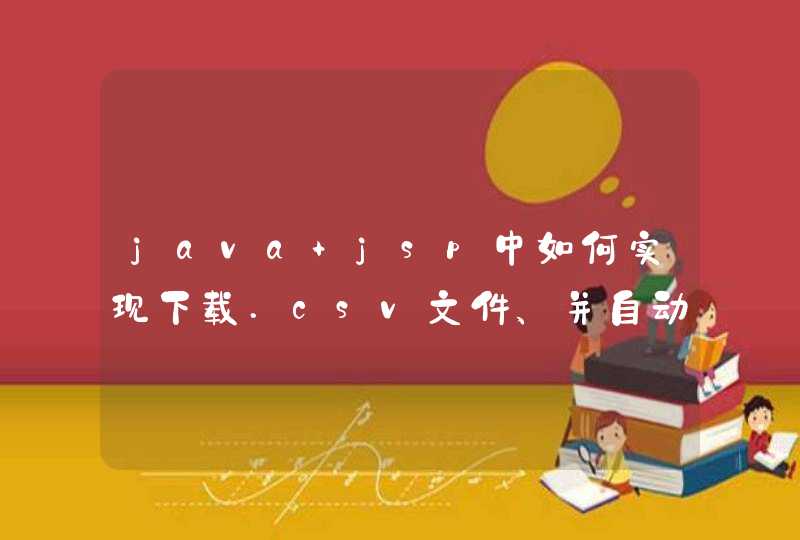
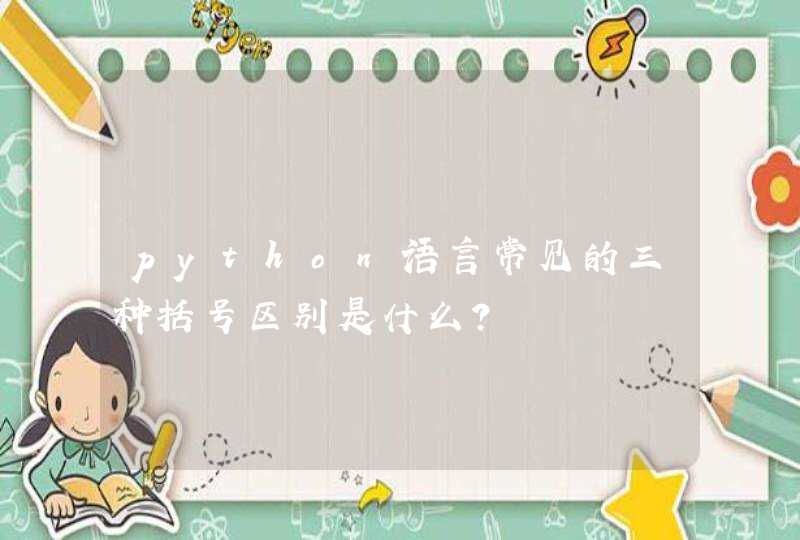





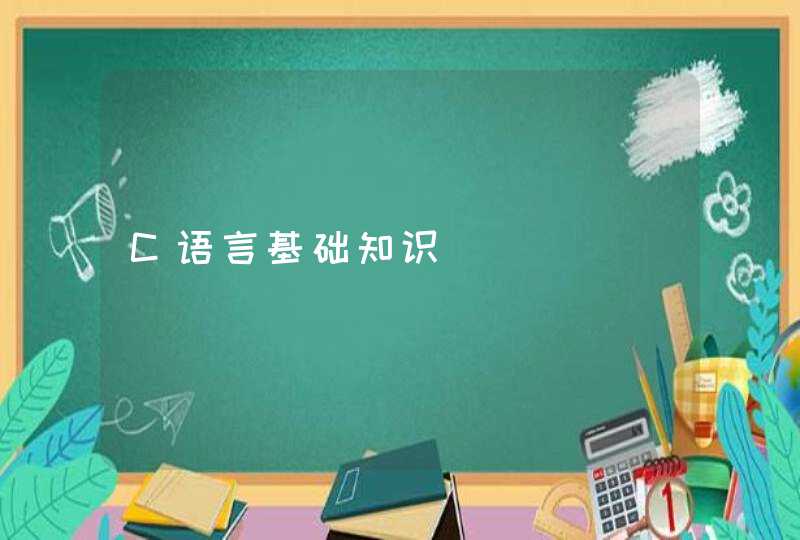
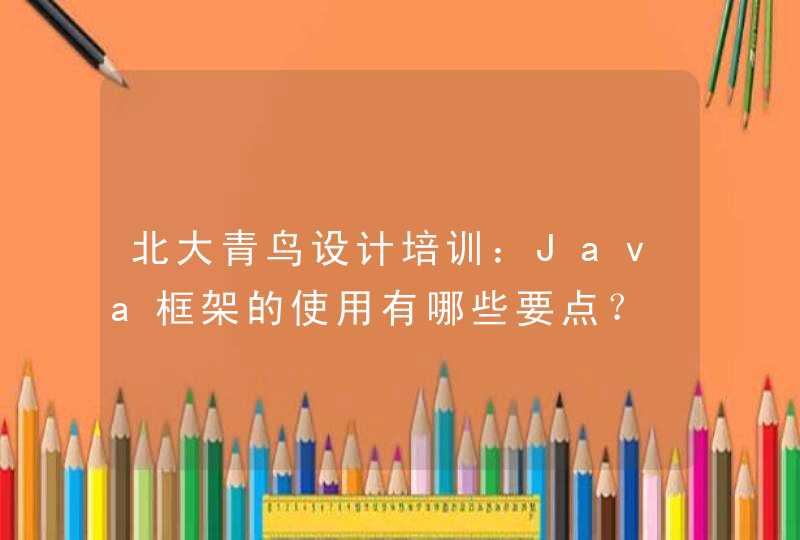

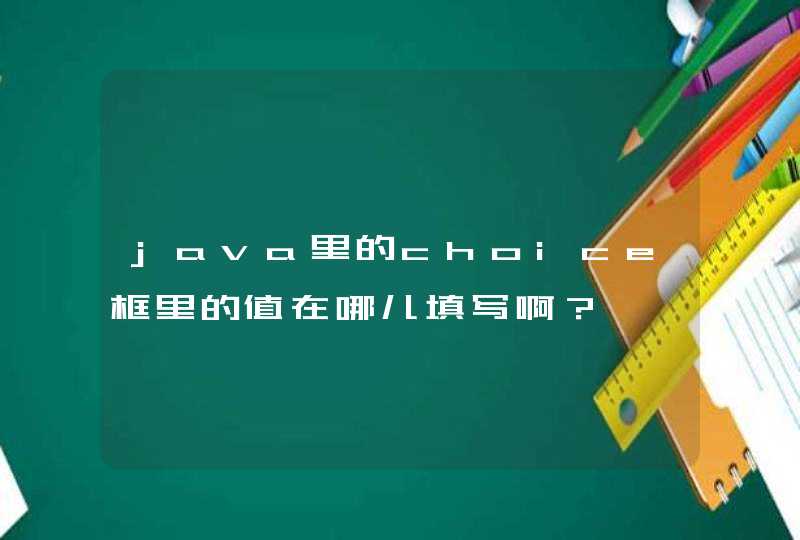
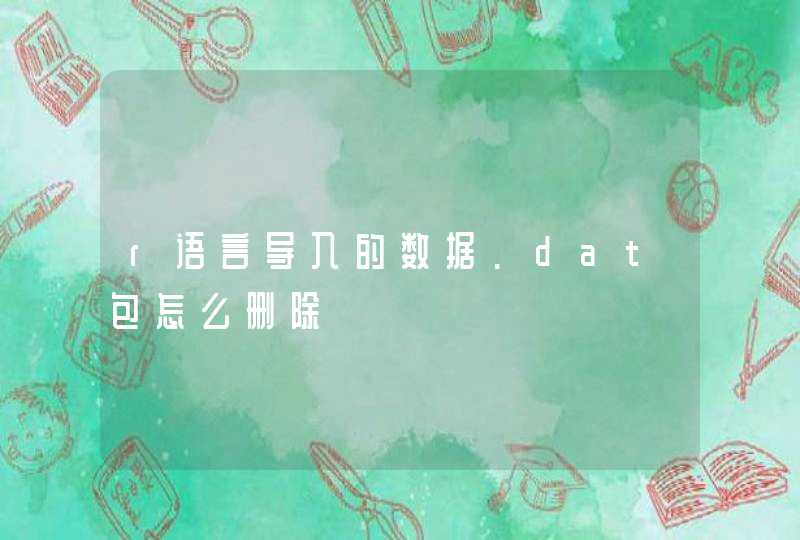
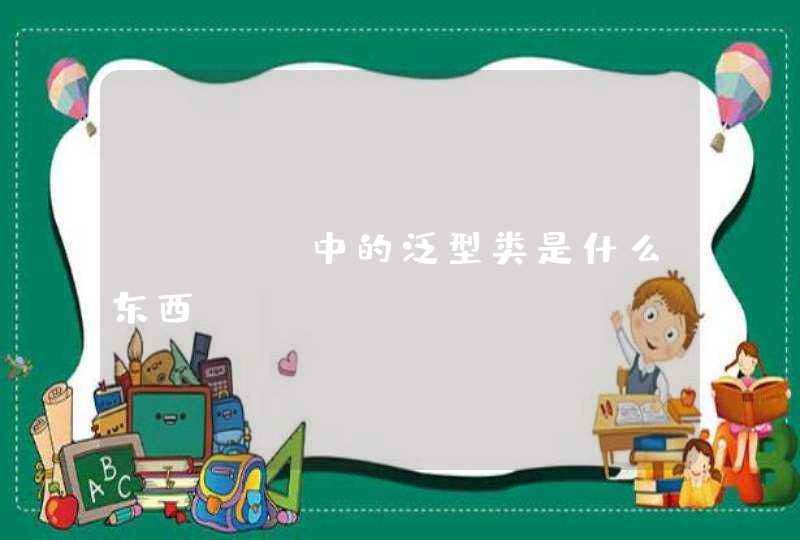
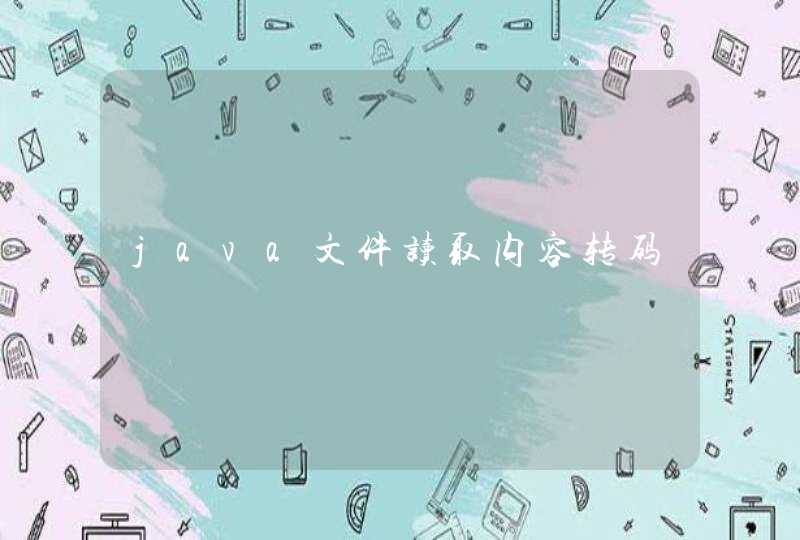
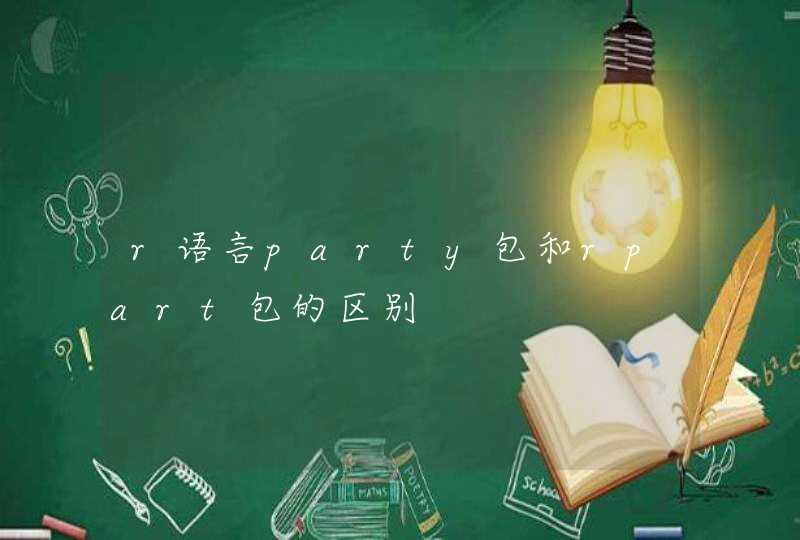
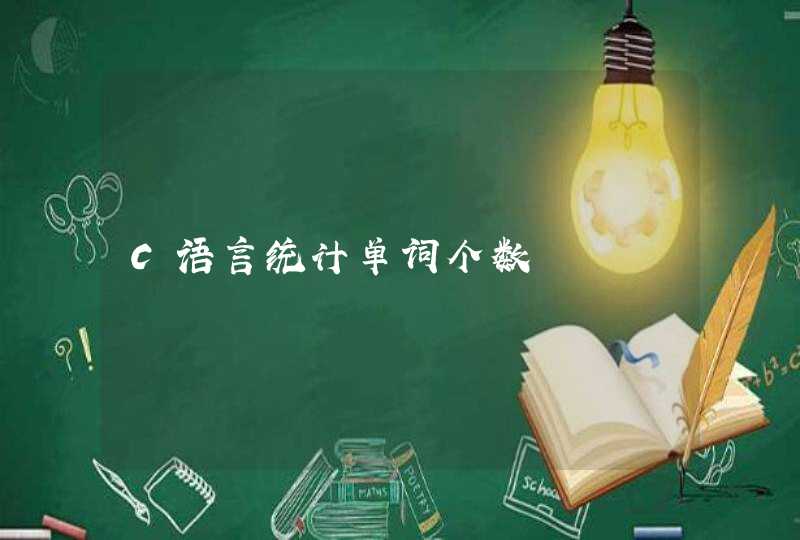
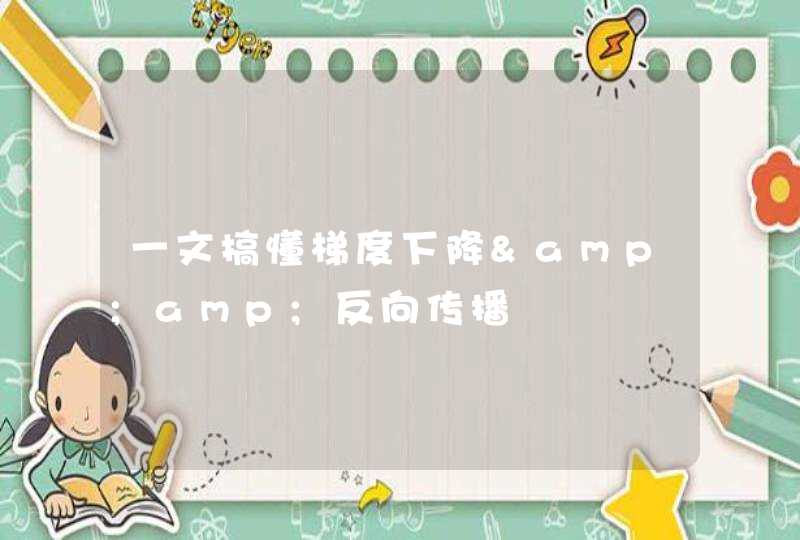
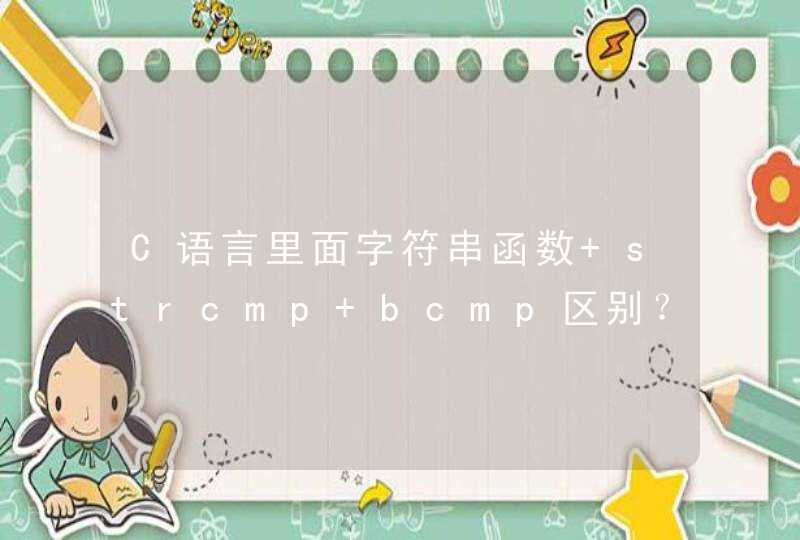

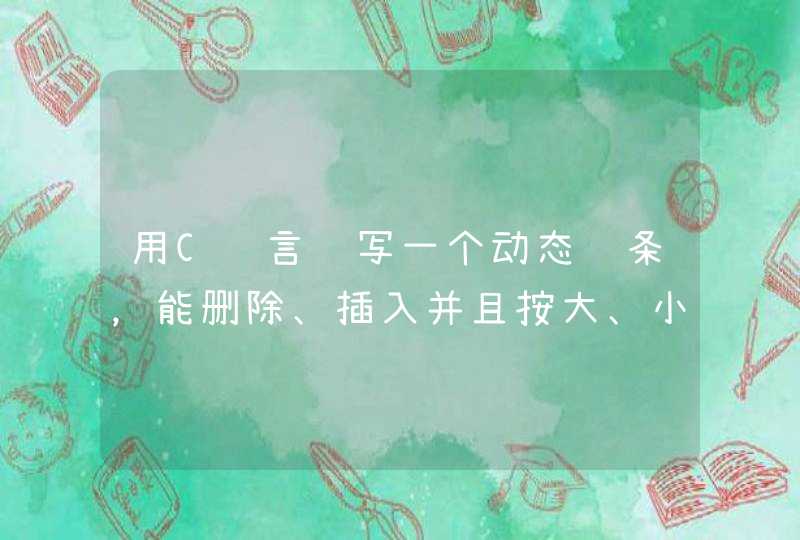
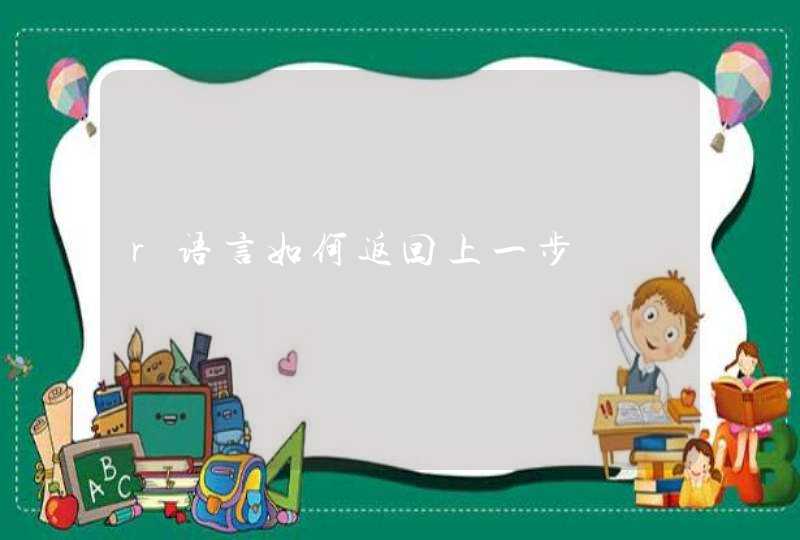
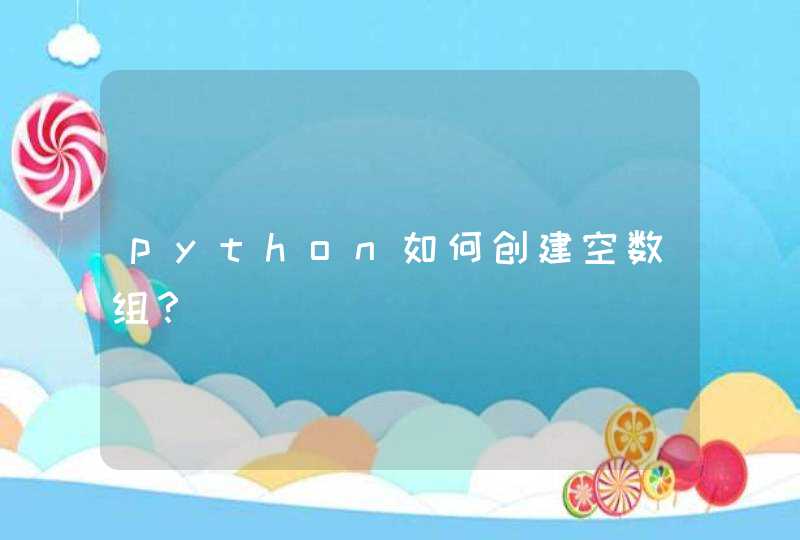
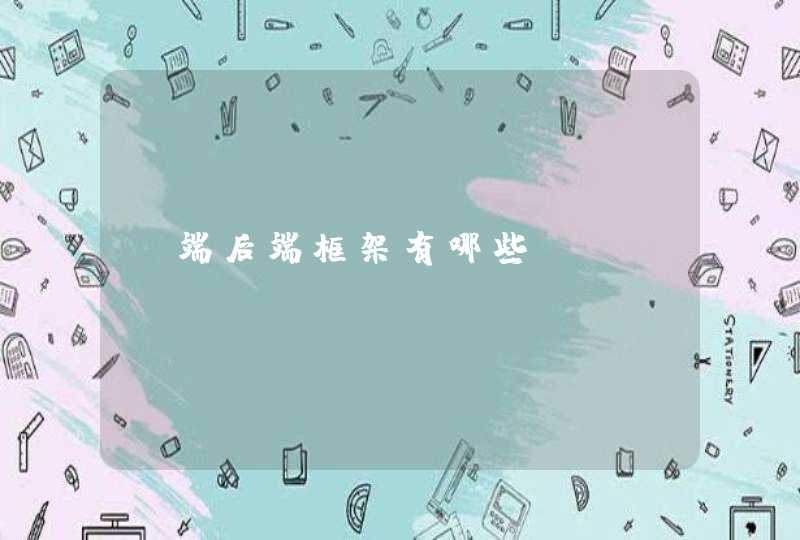
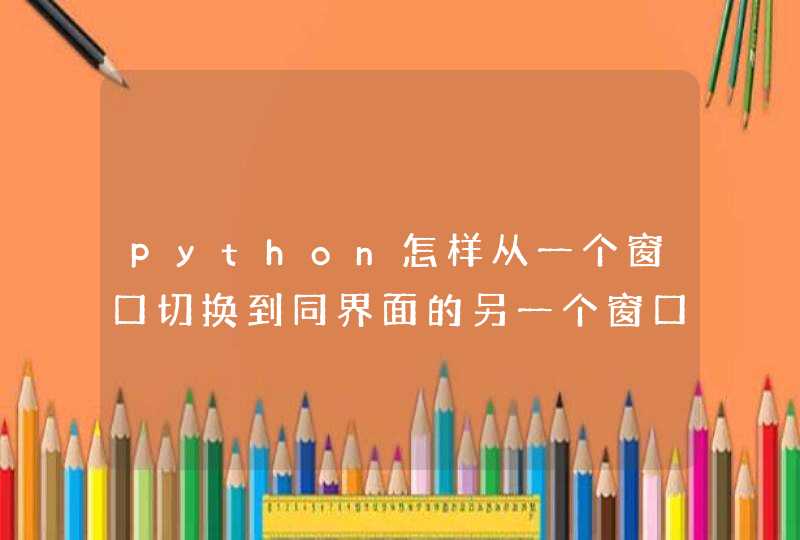
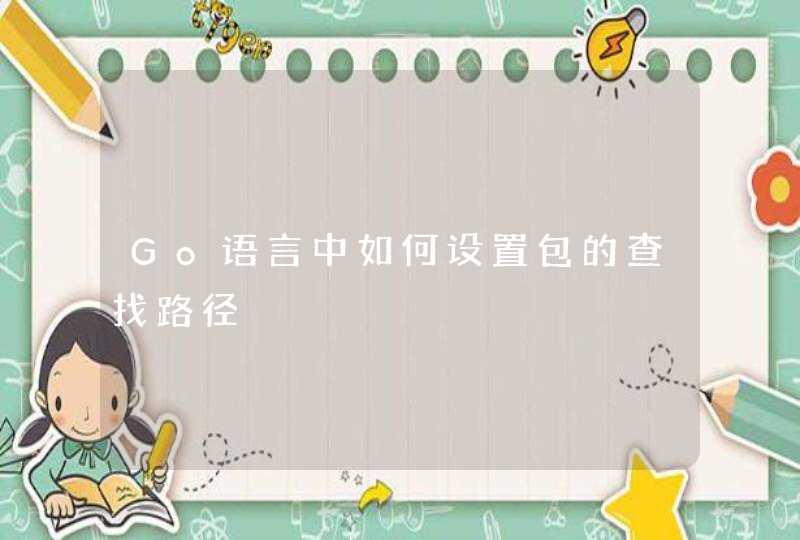

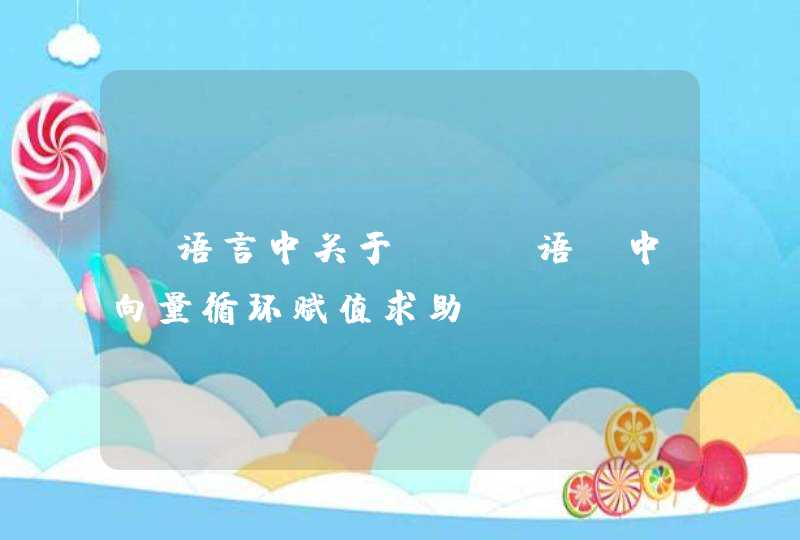

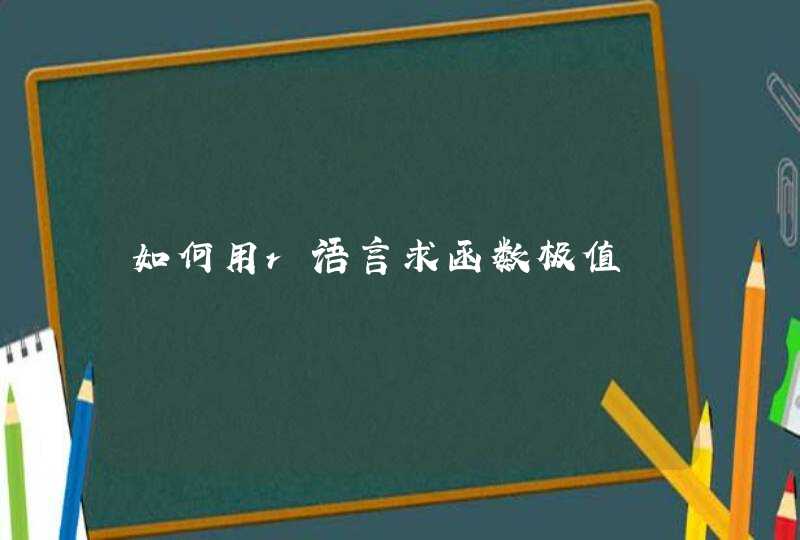
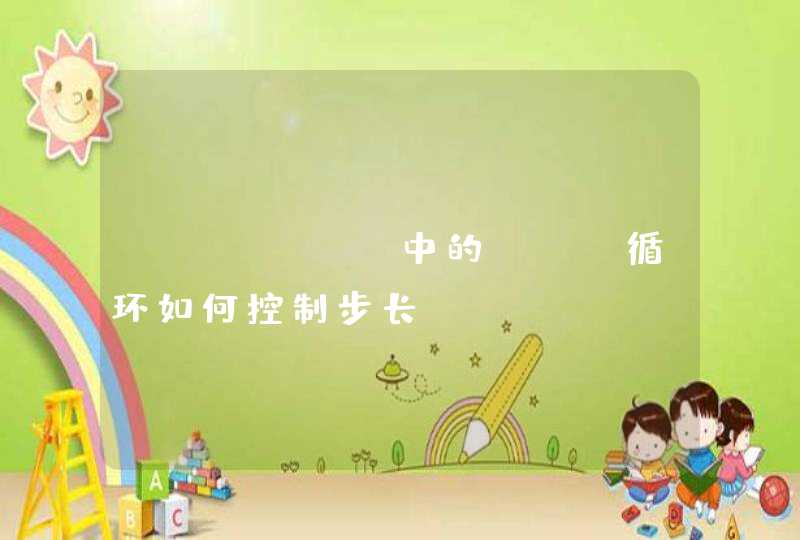
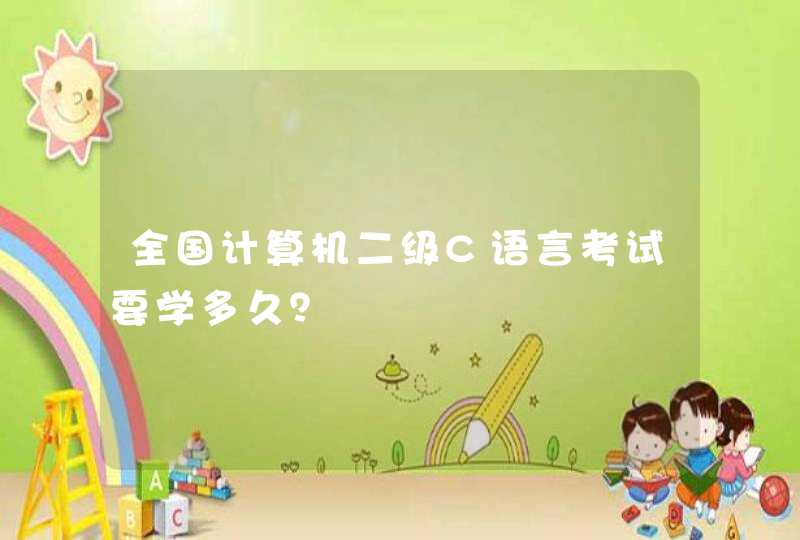
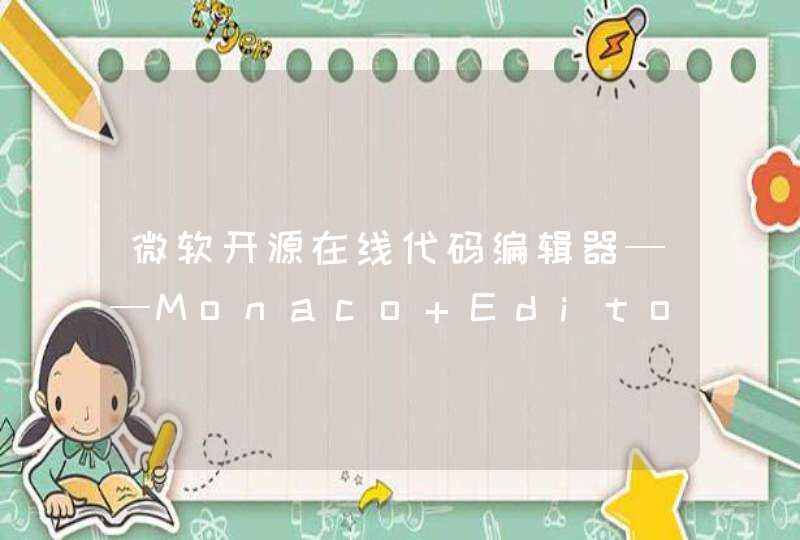
![R和Rstudio终端显示语言的更改[Windows]](/aiimages/R%E5%92%8CRstudio%E7%BB%88%E7%AB%AF%E6%98%BE%E7%A4%BA%E8%AF%AD%E8%A8%80%E7%9A%84%E6%9B%B4%E6%94%B9%5BWindows%5D.png)
